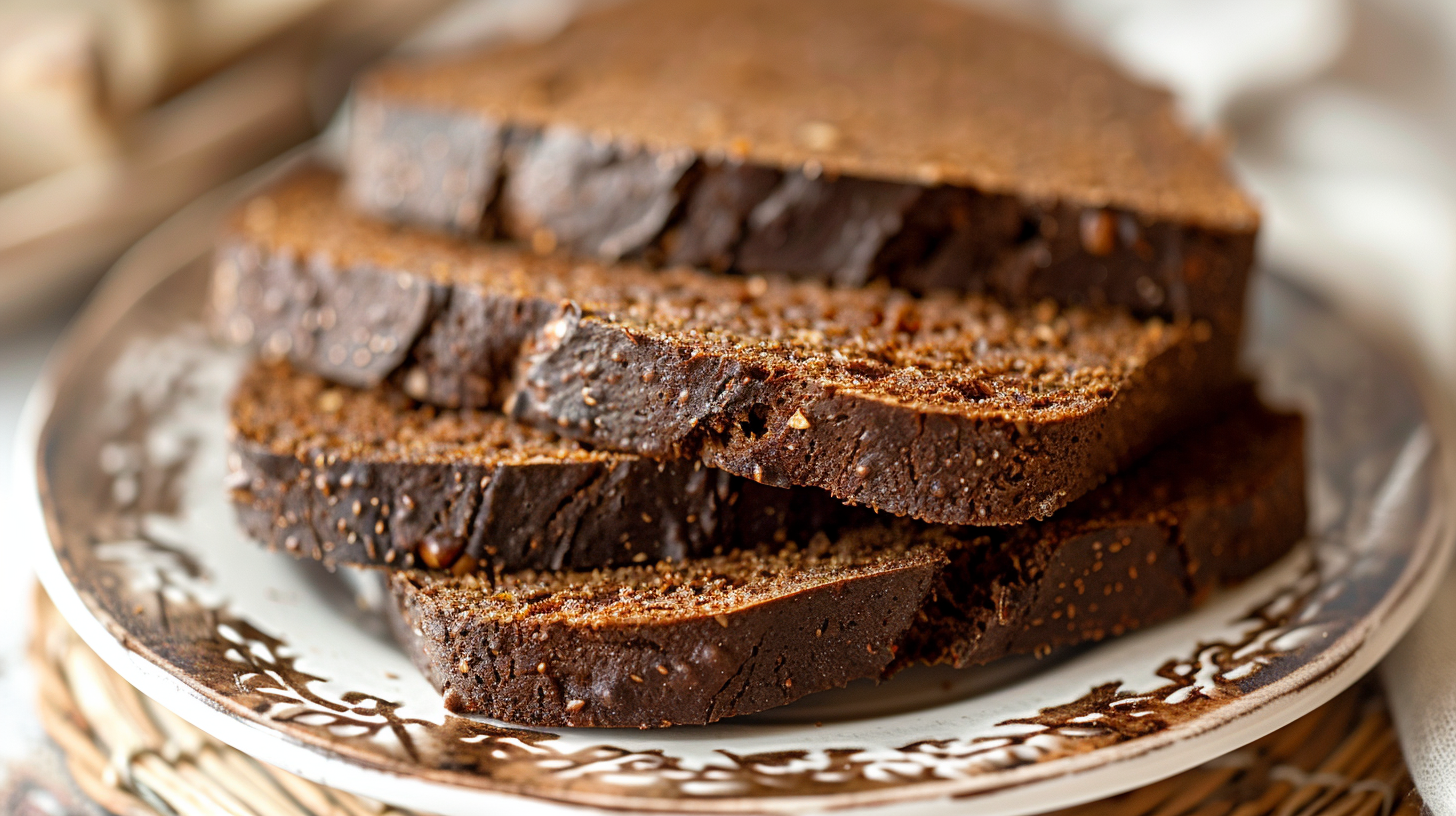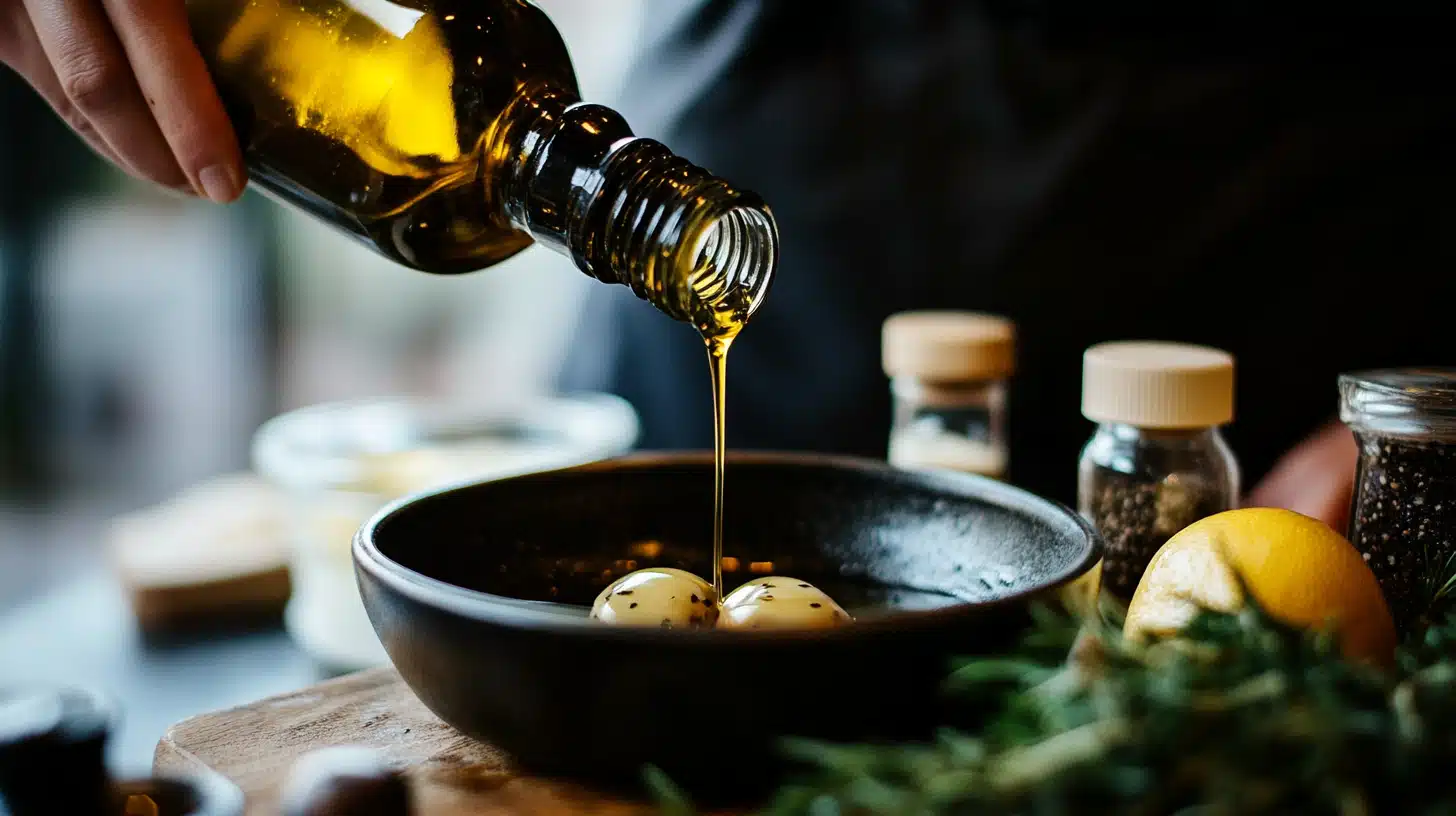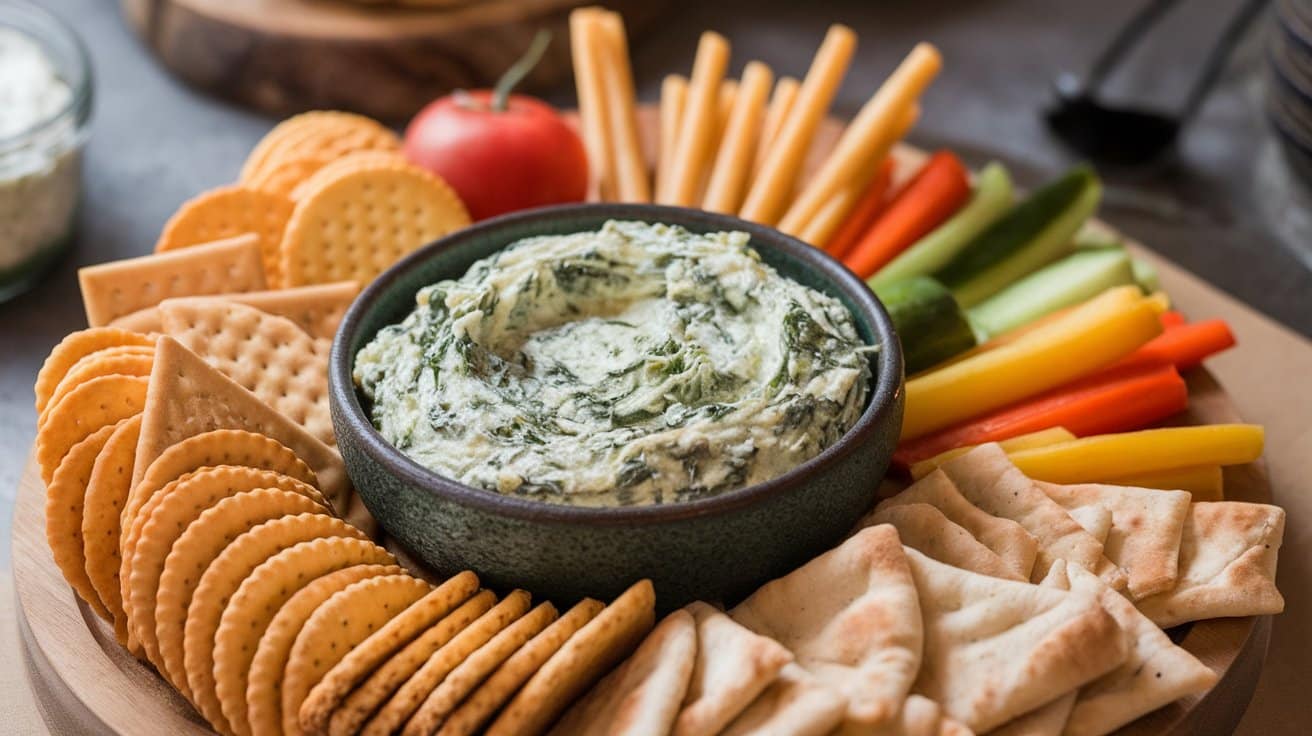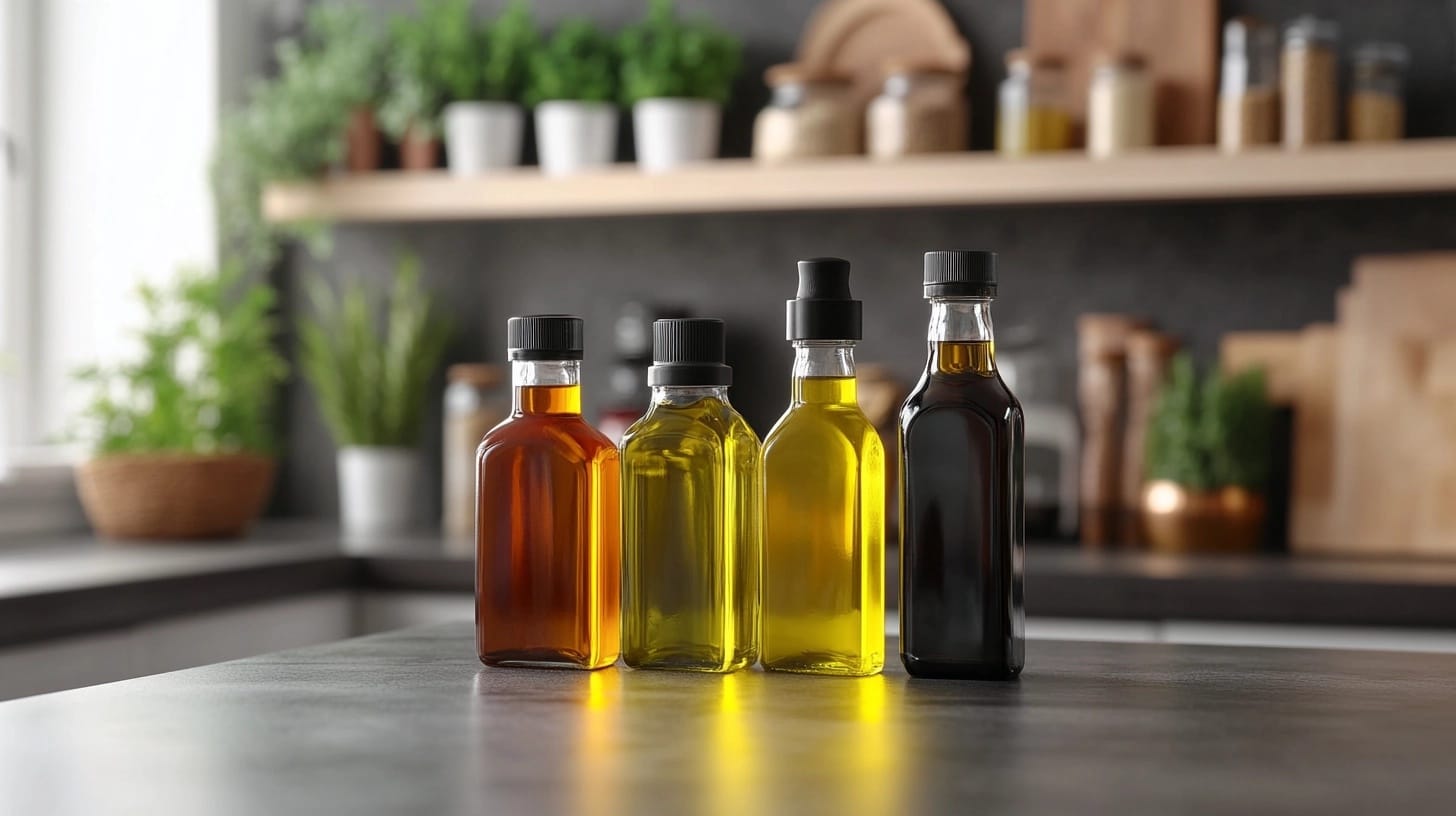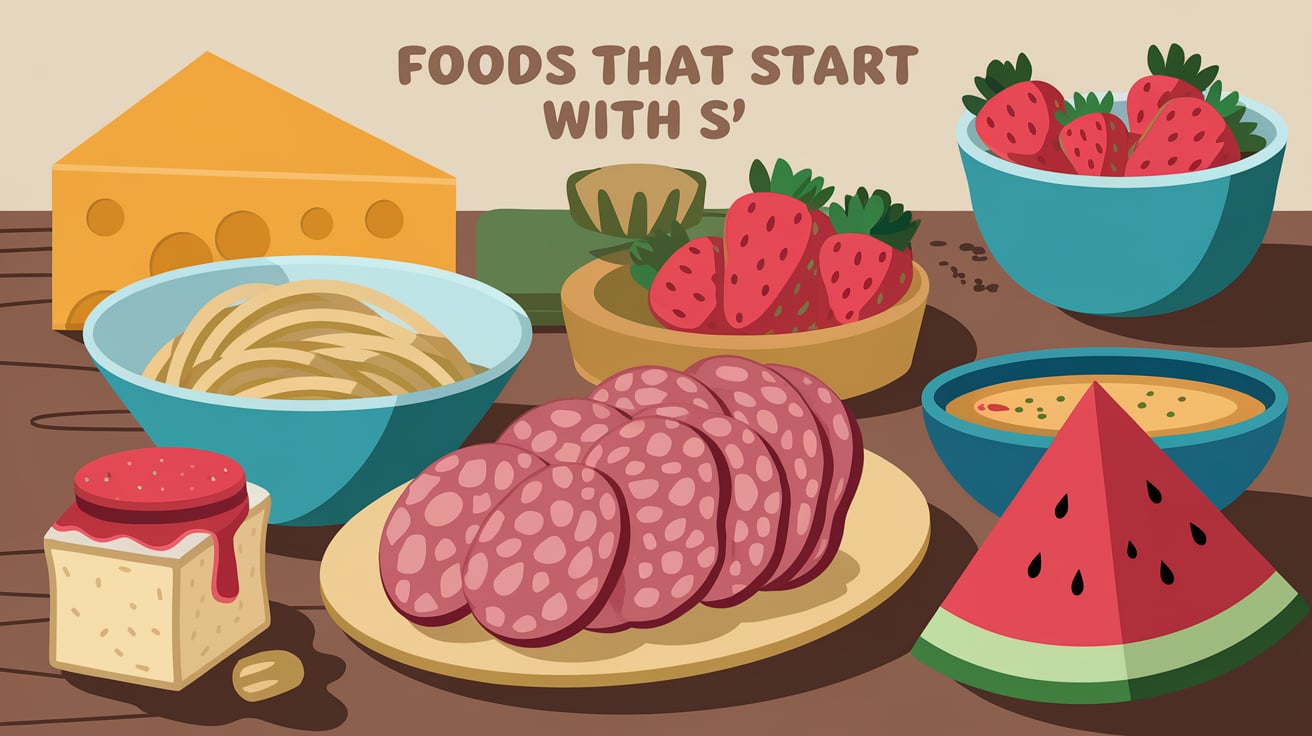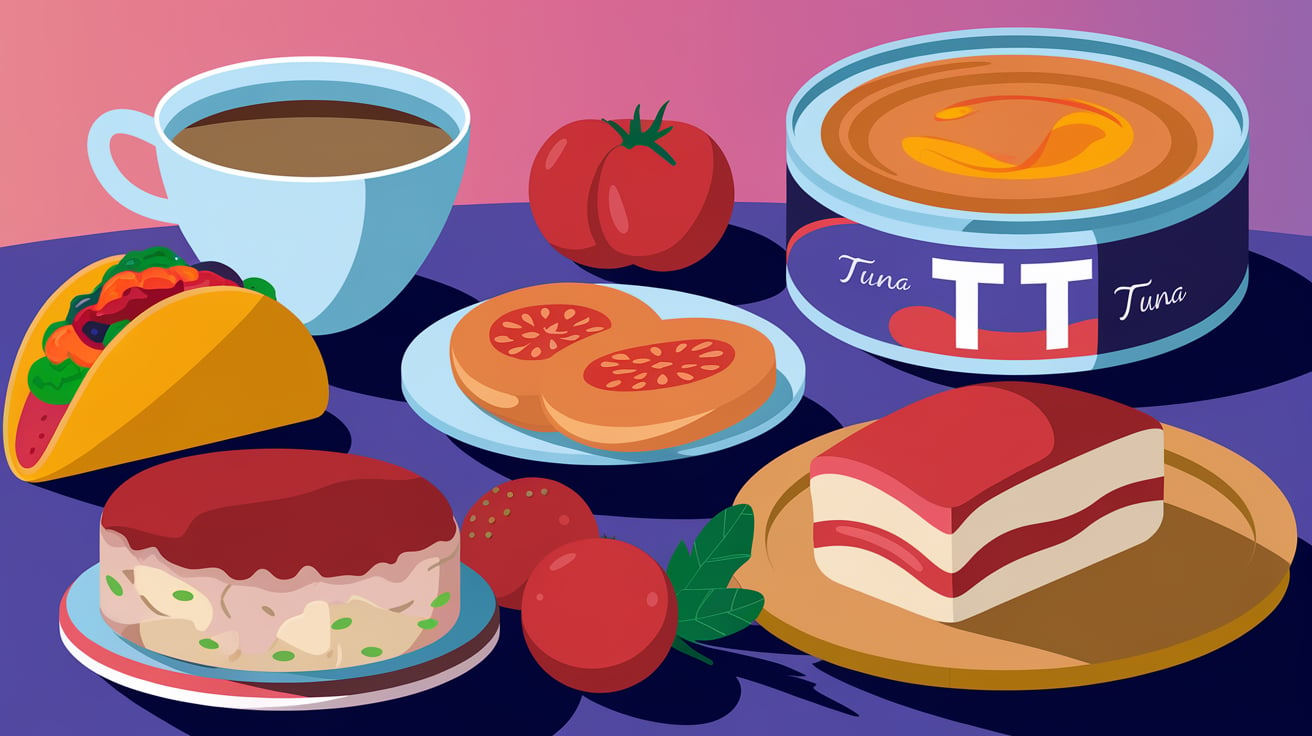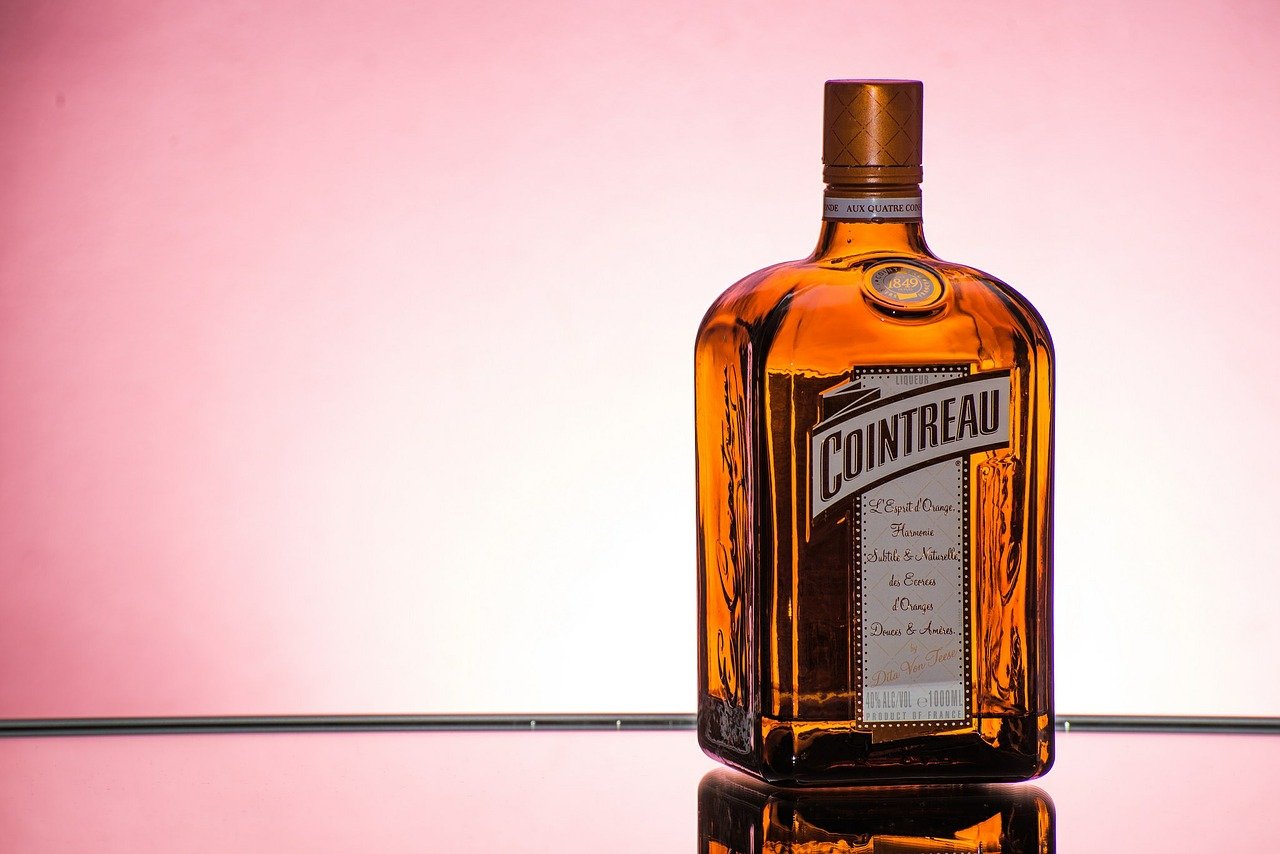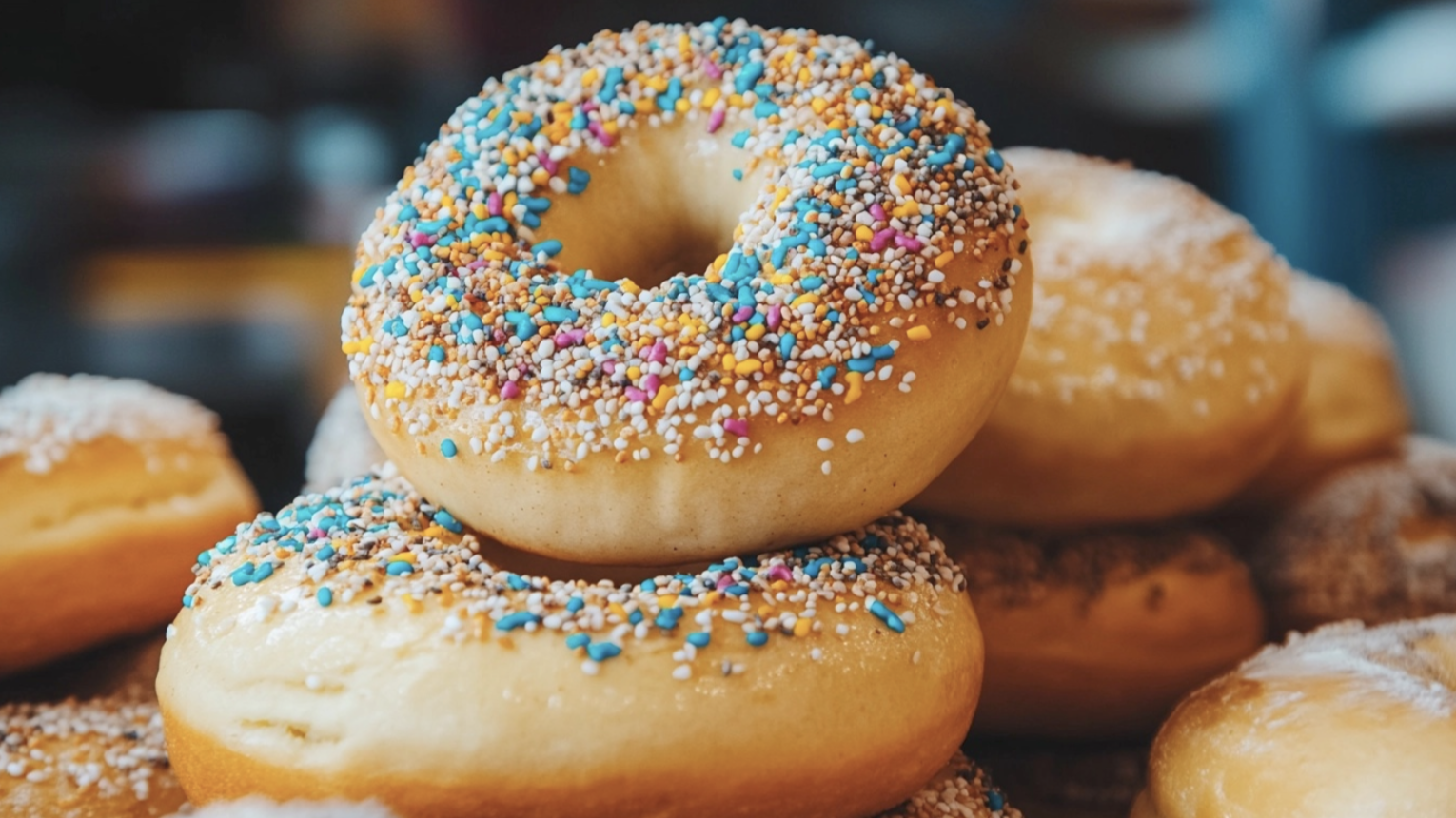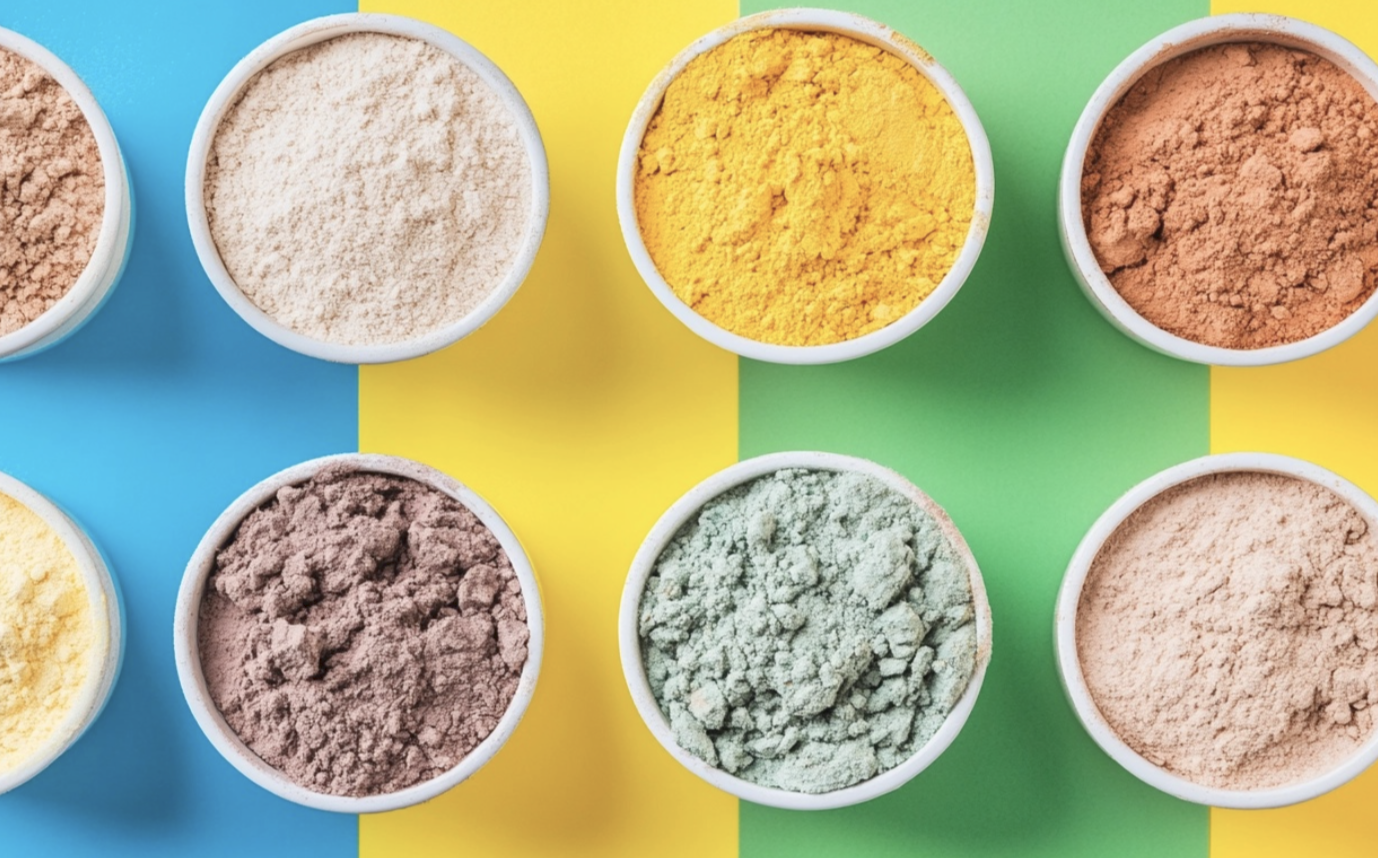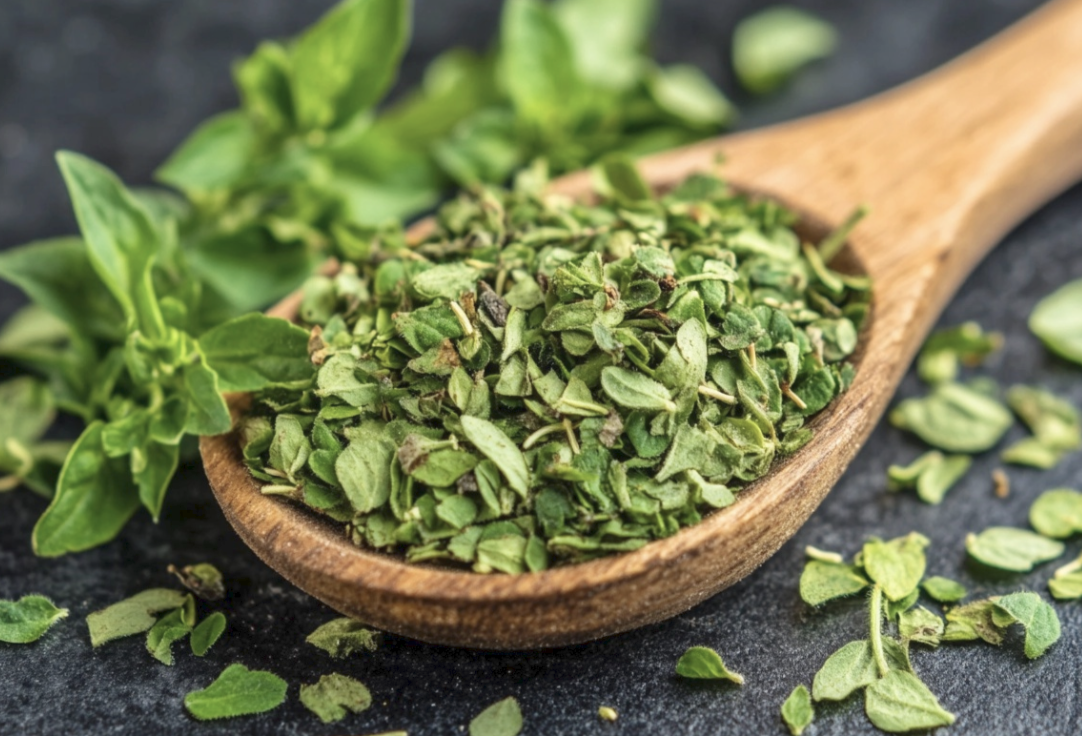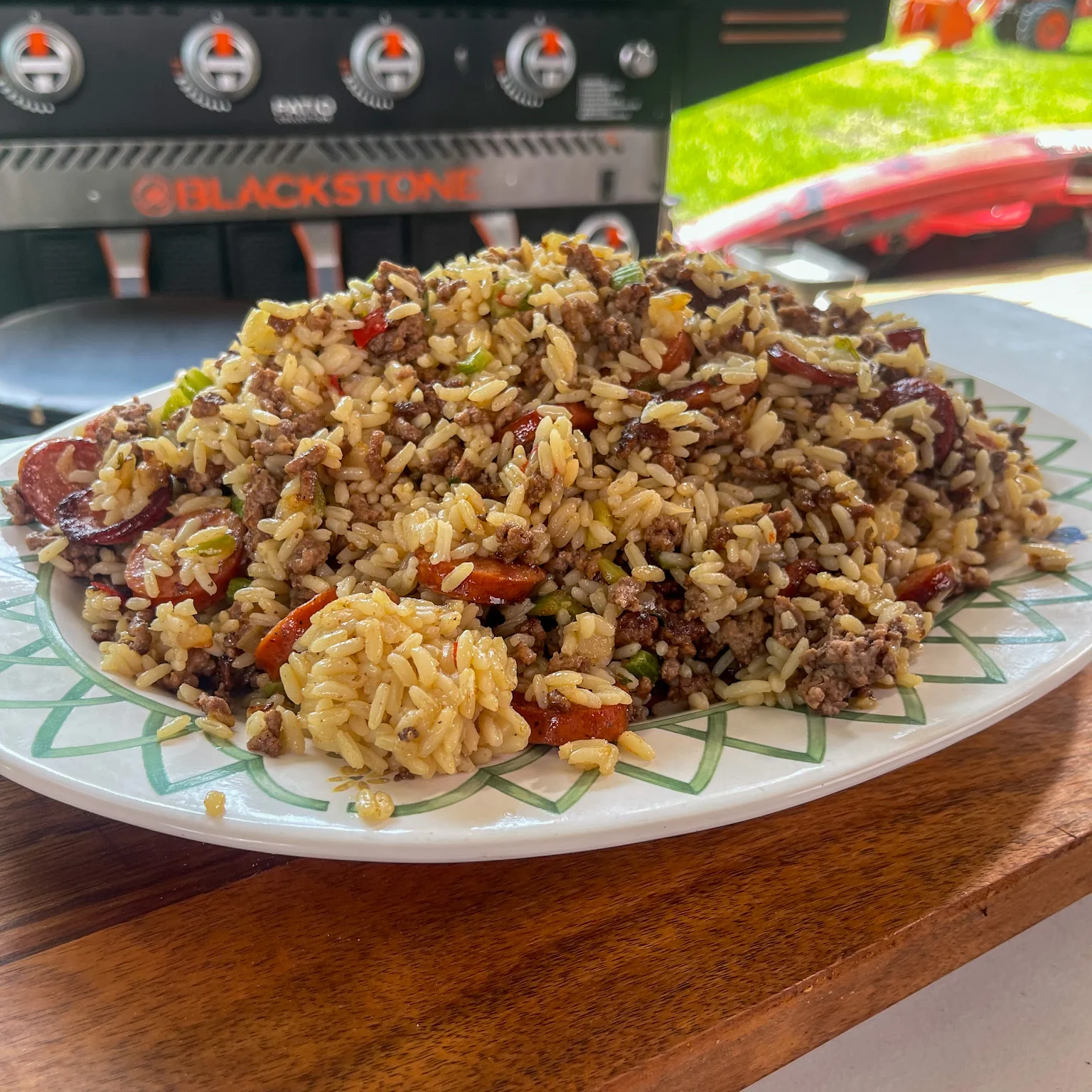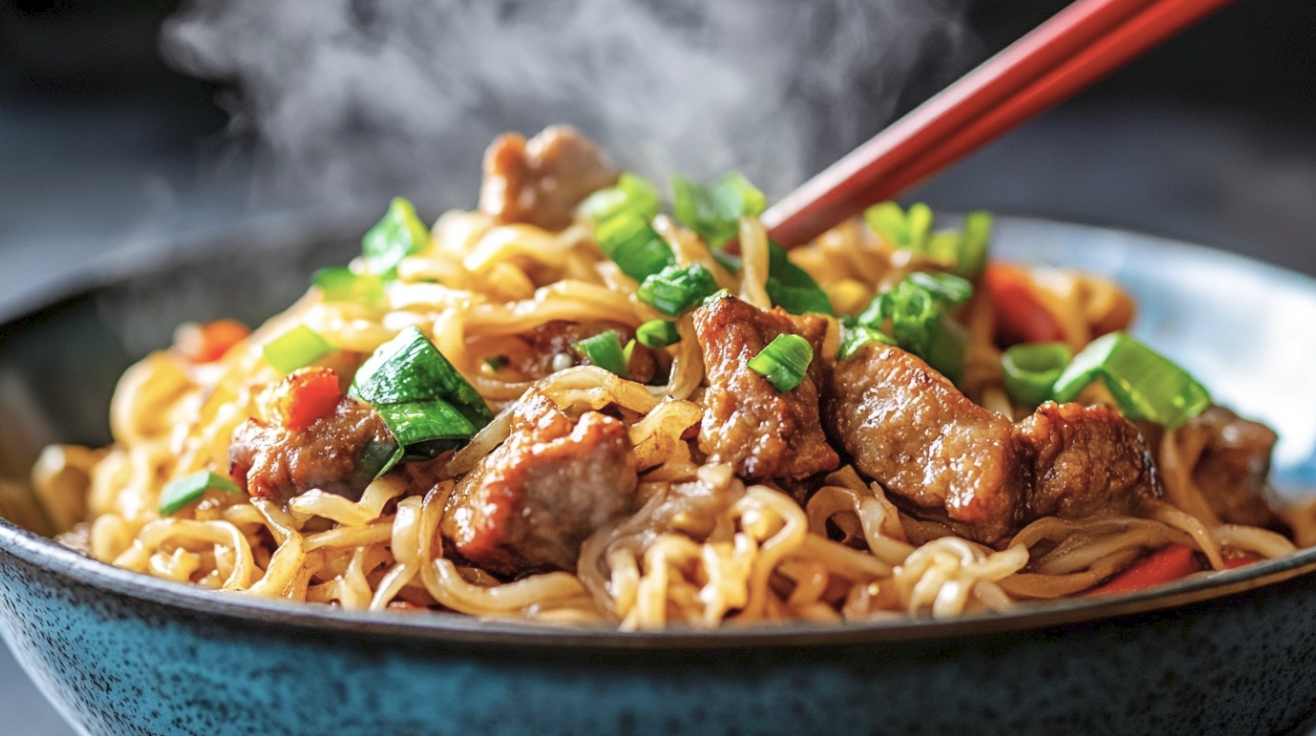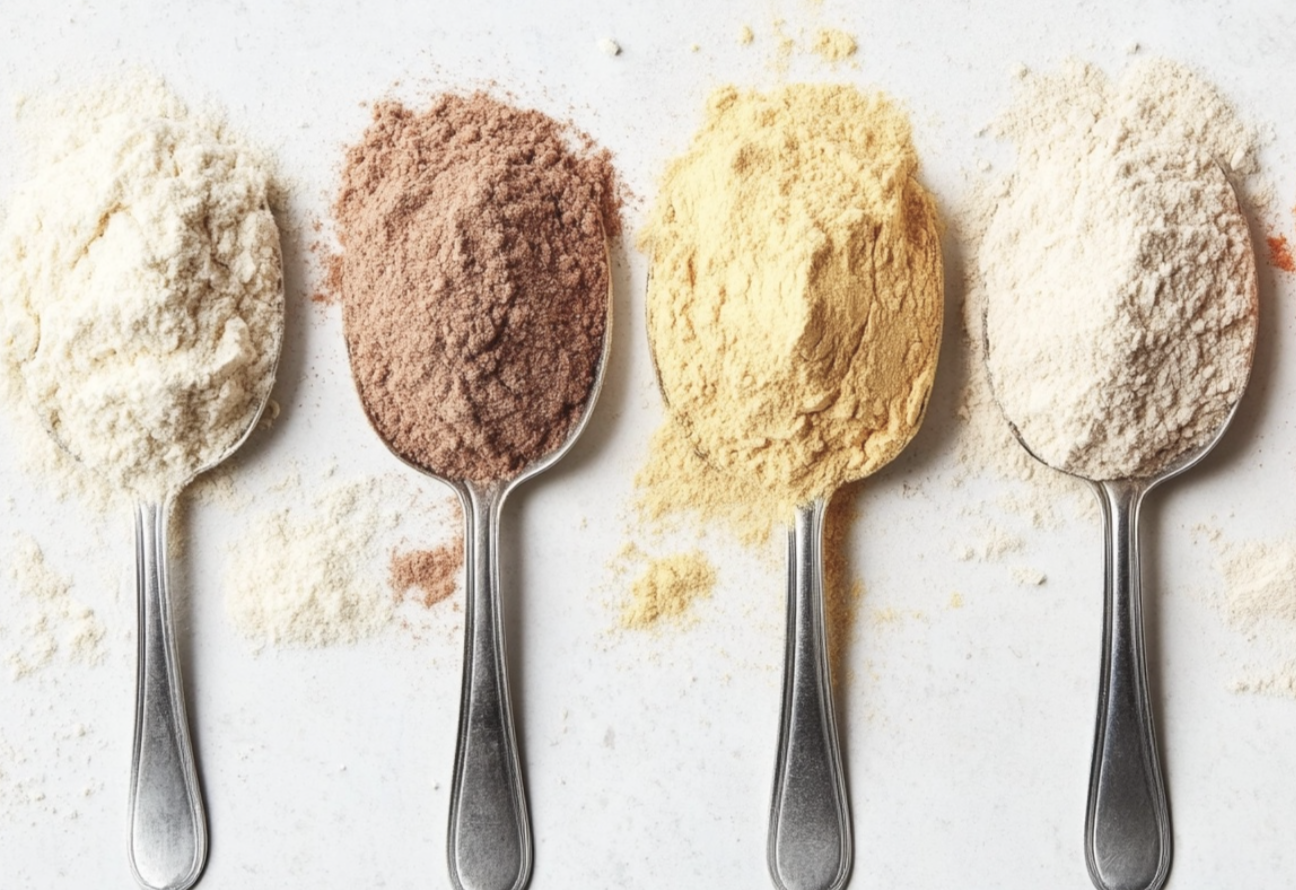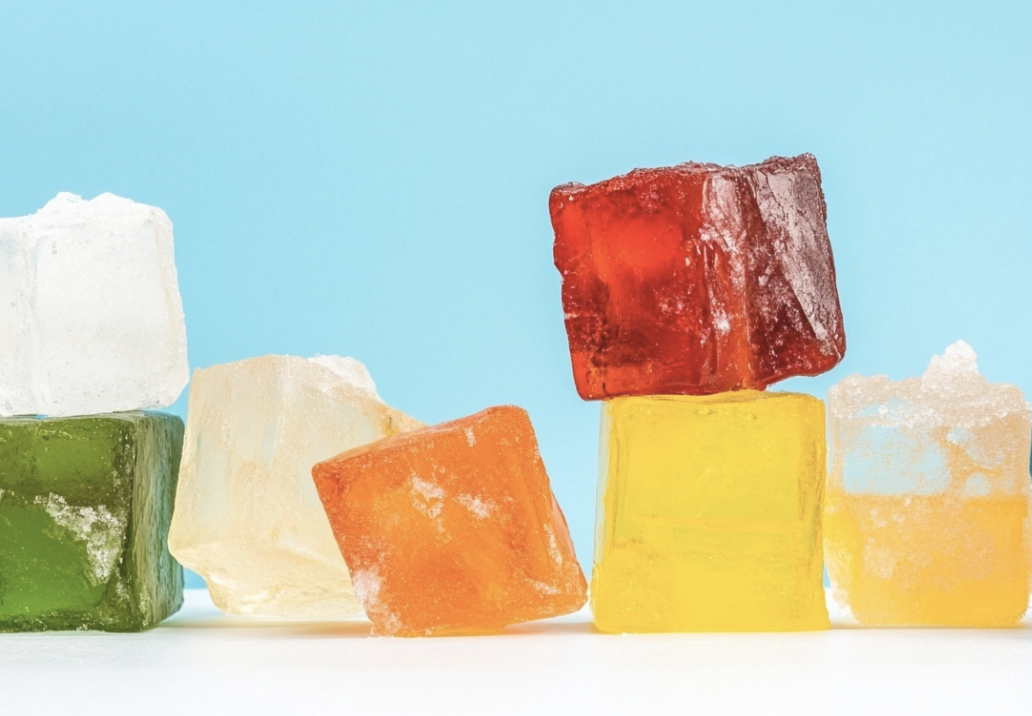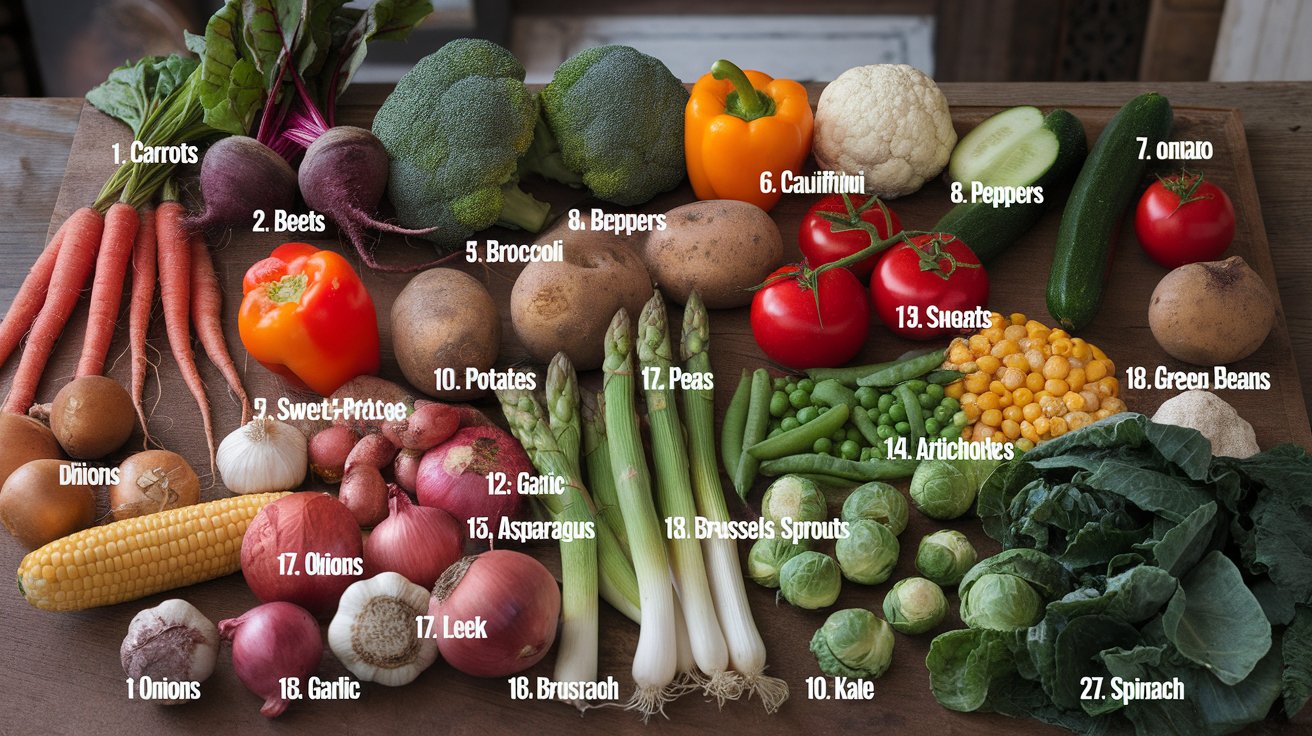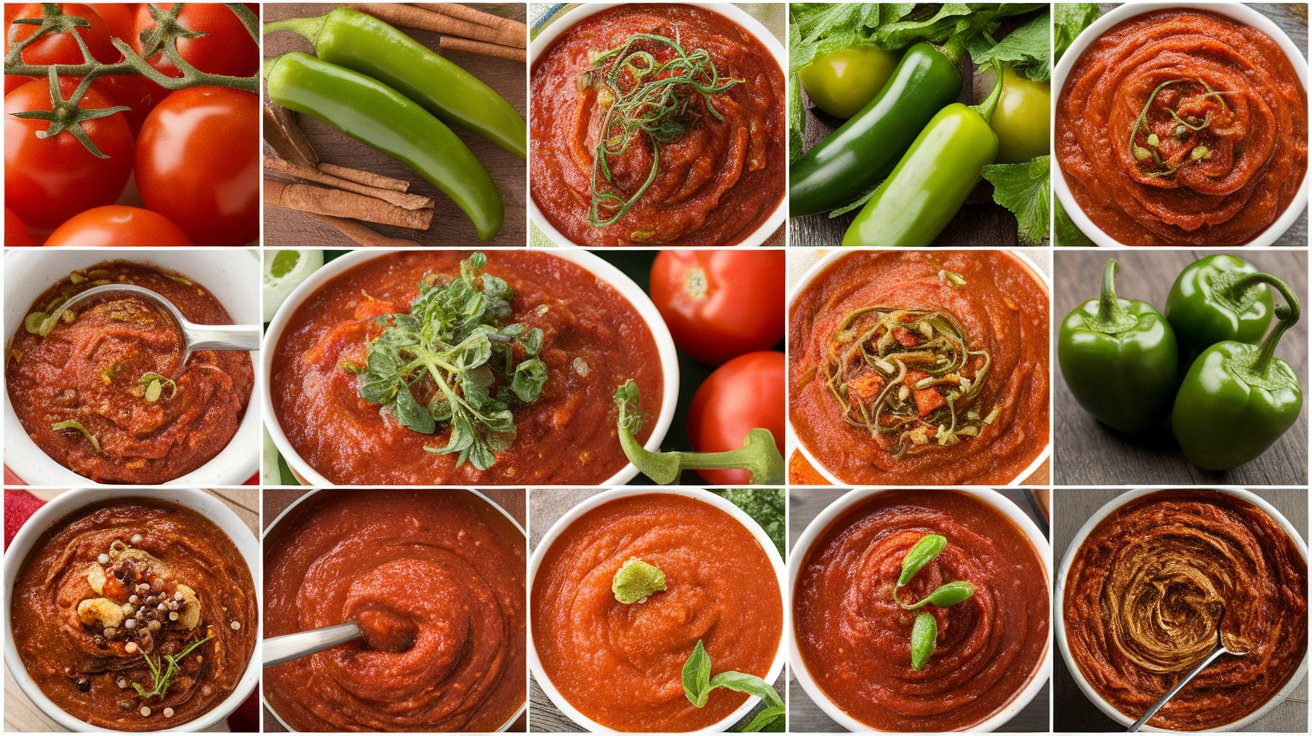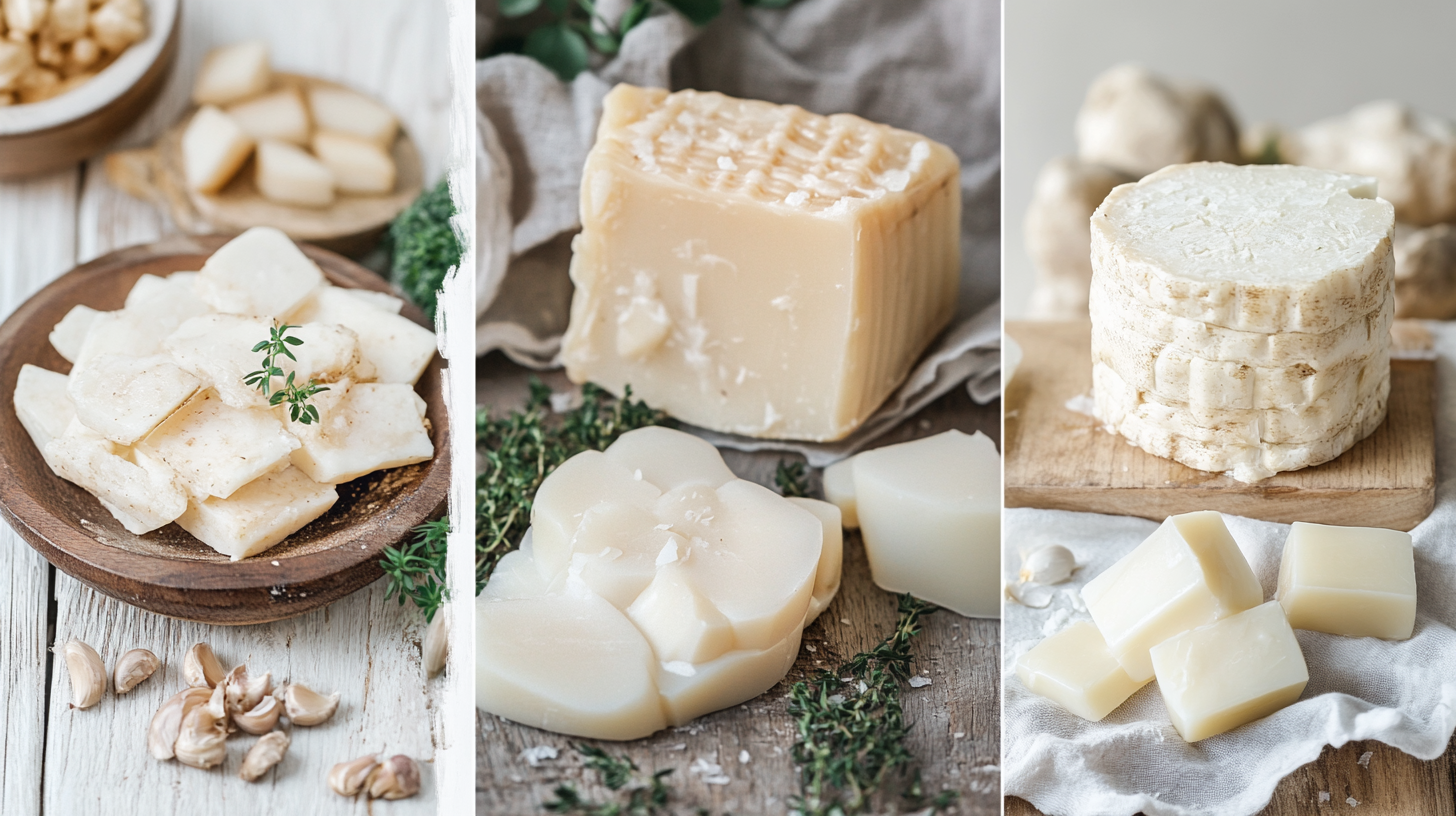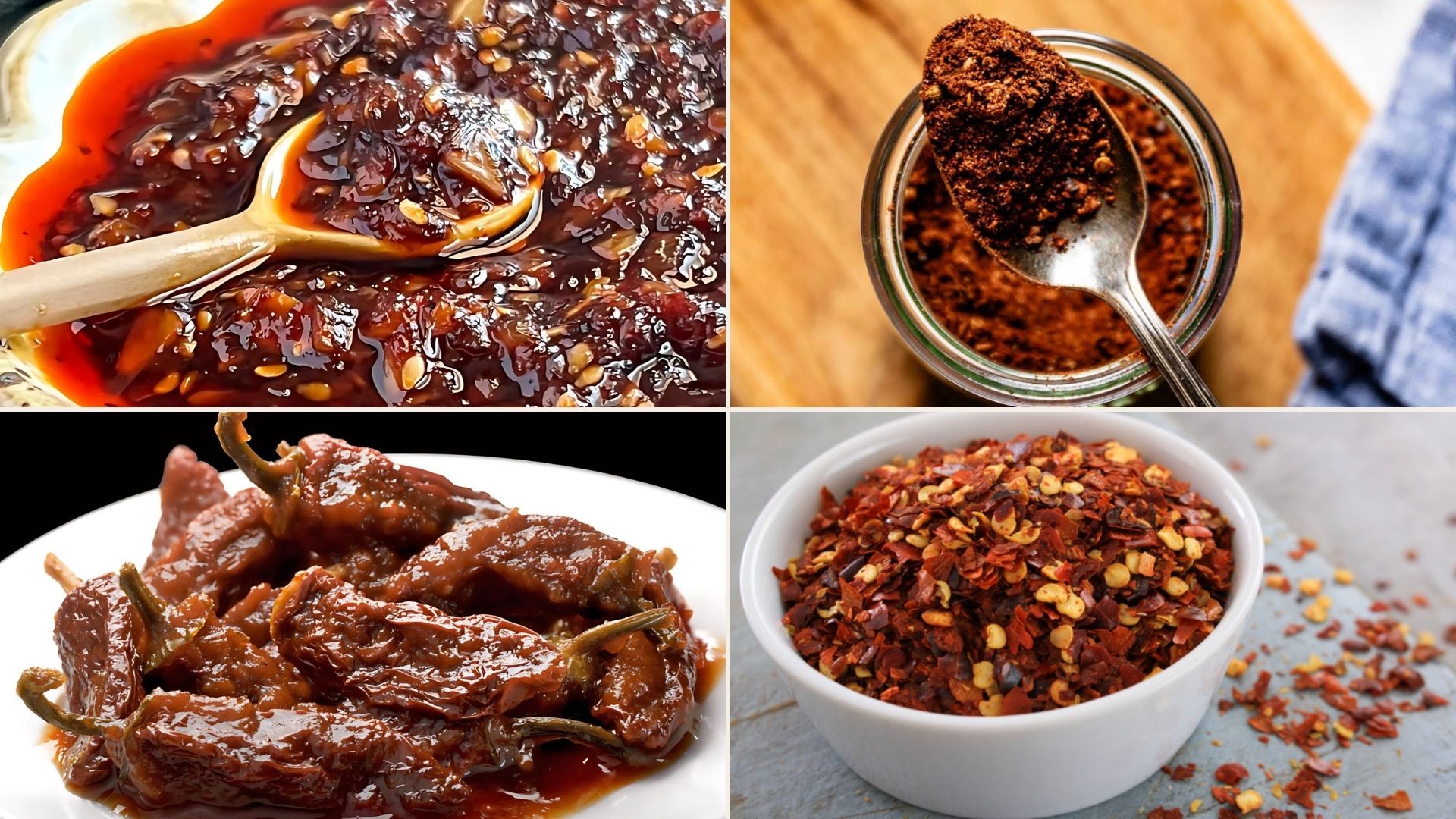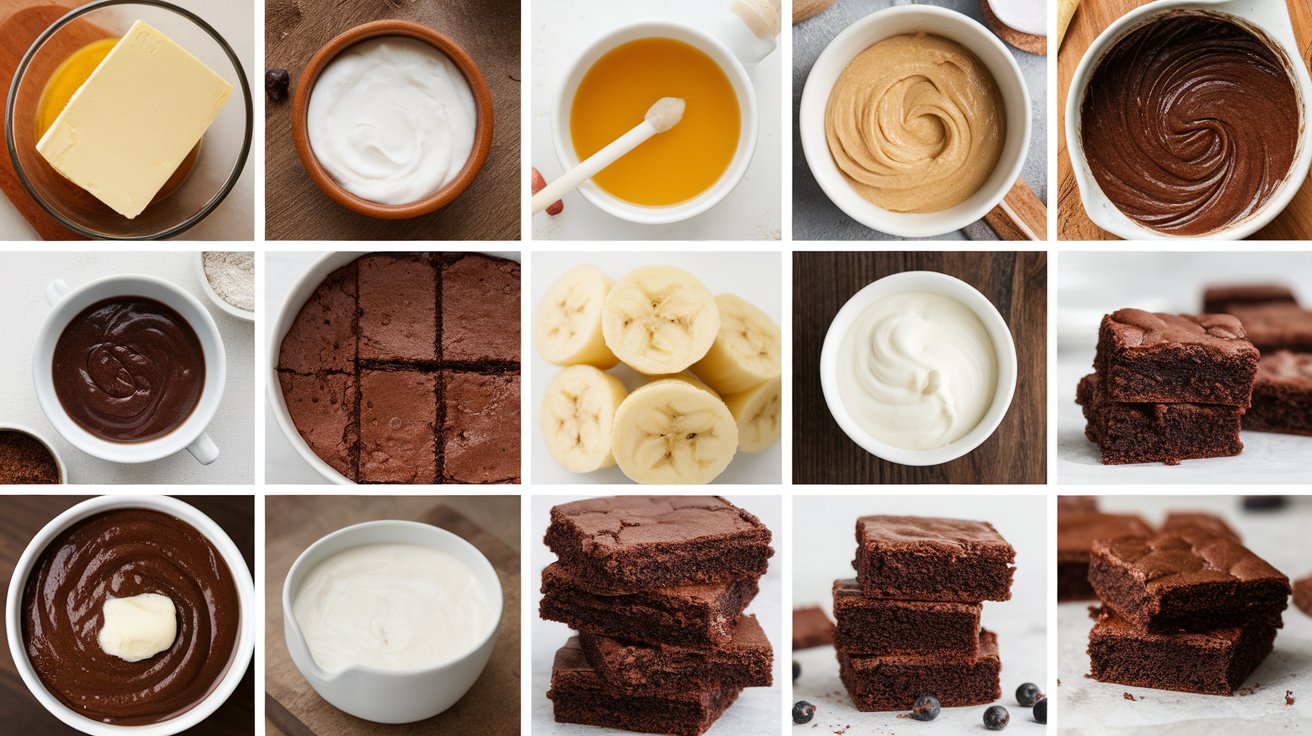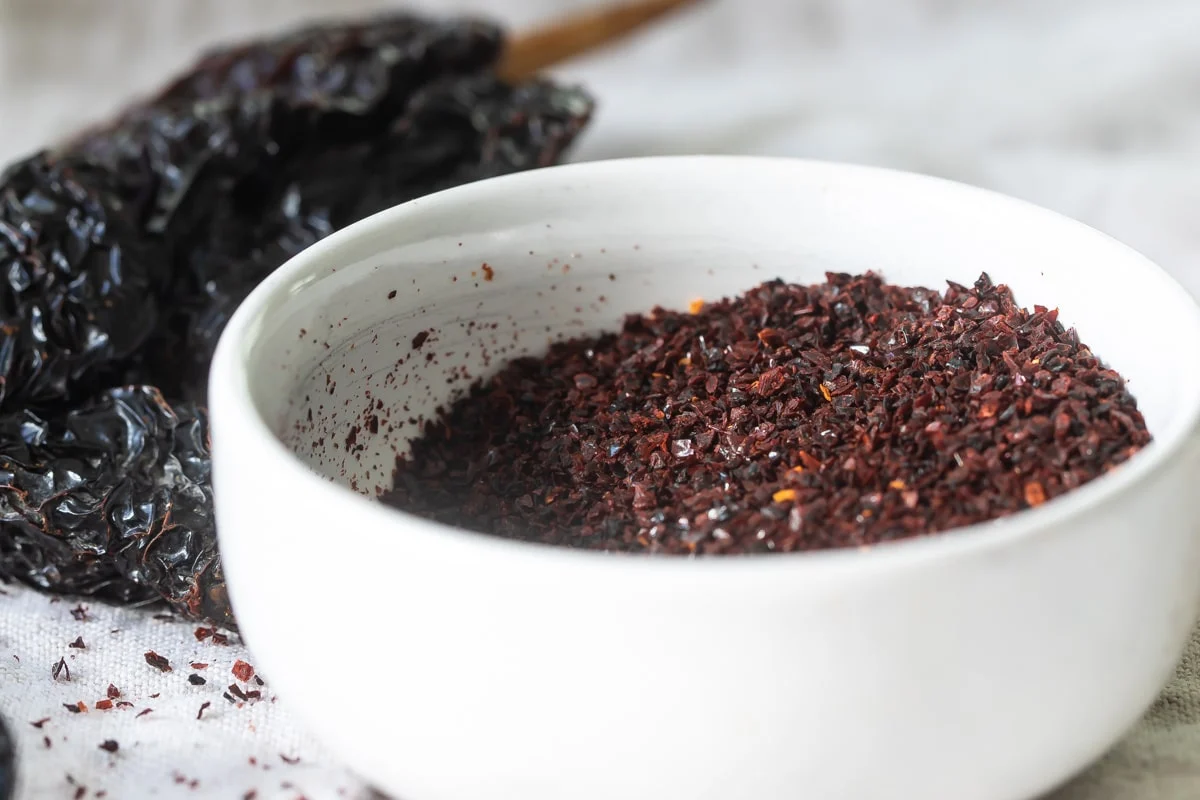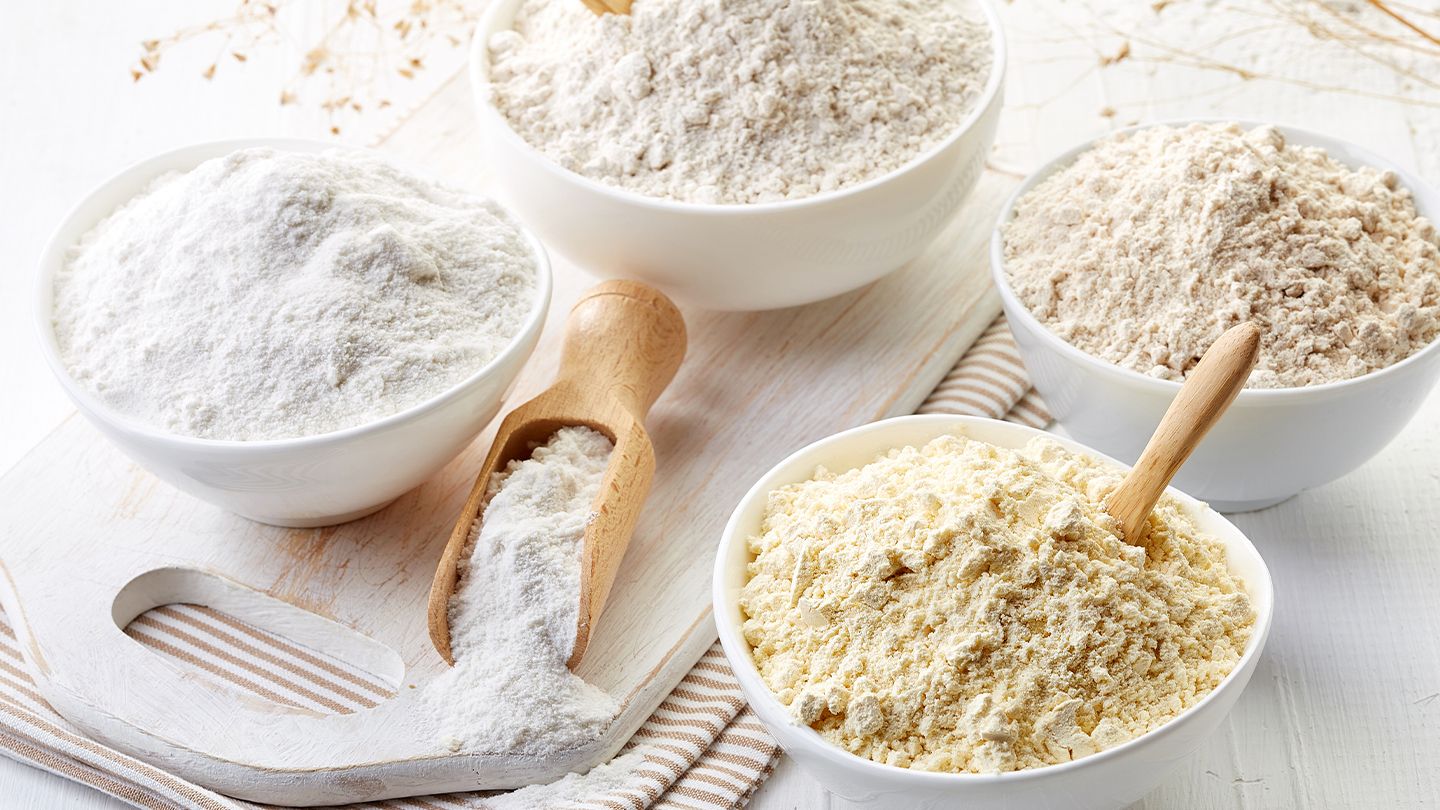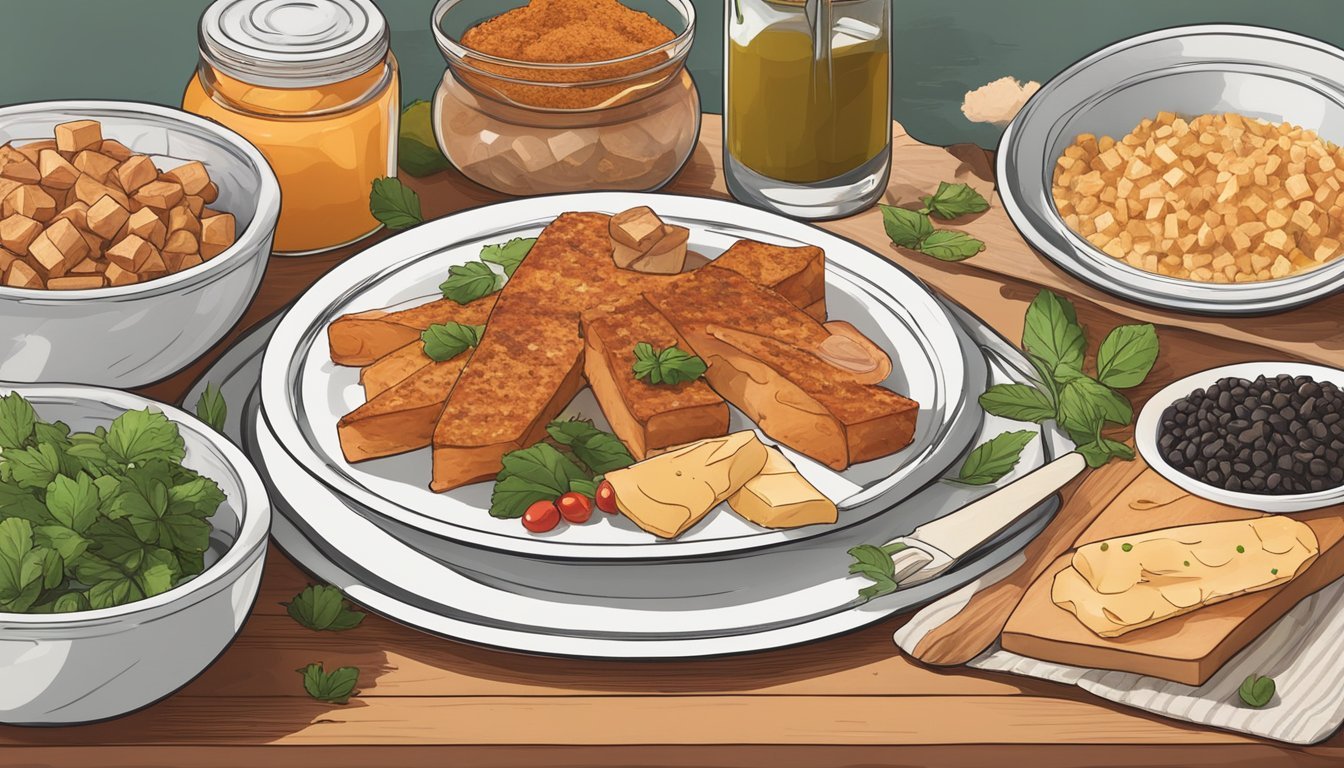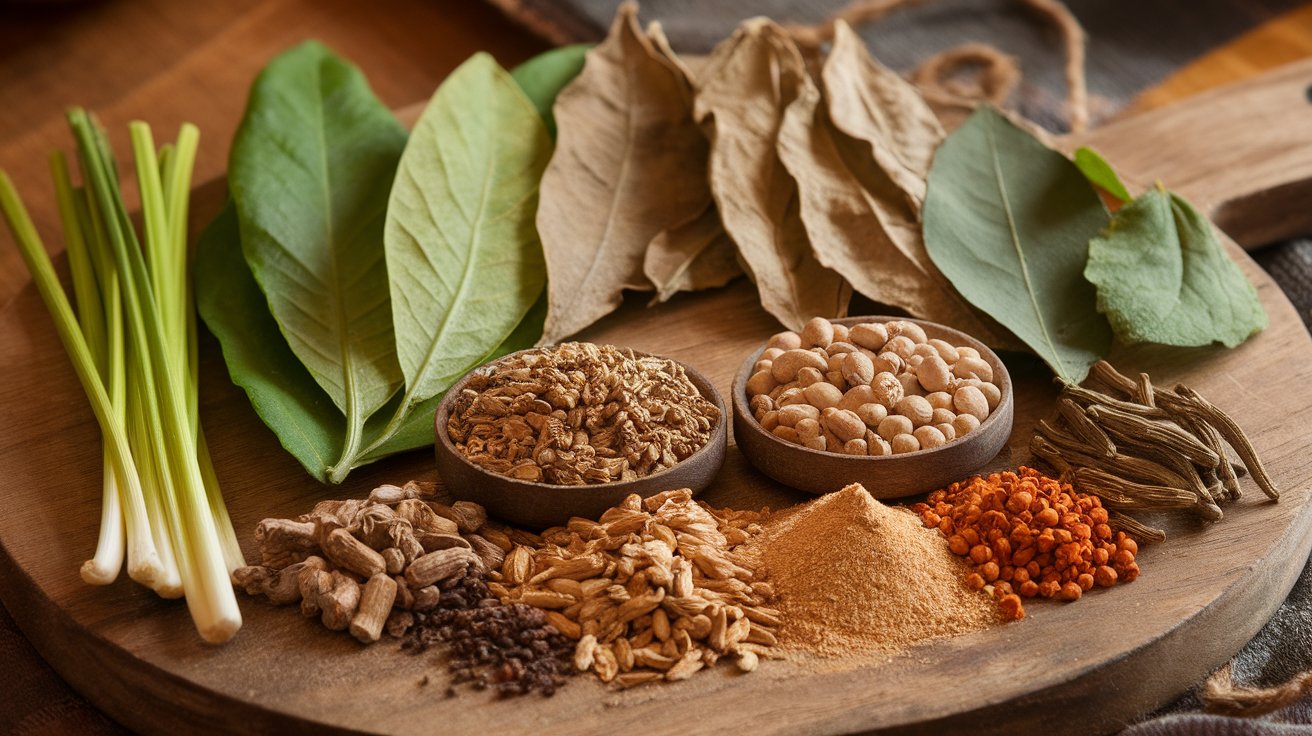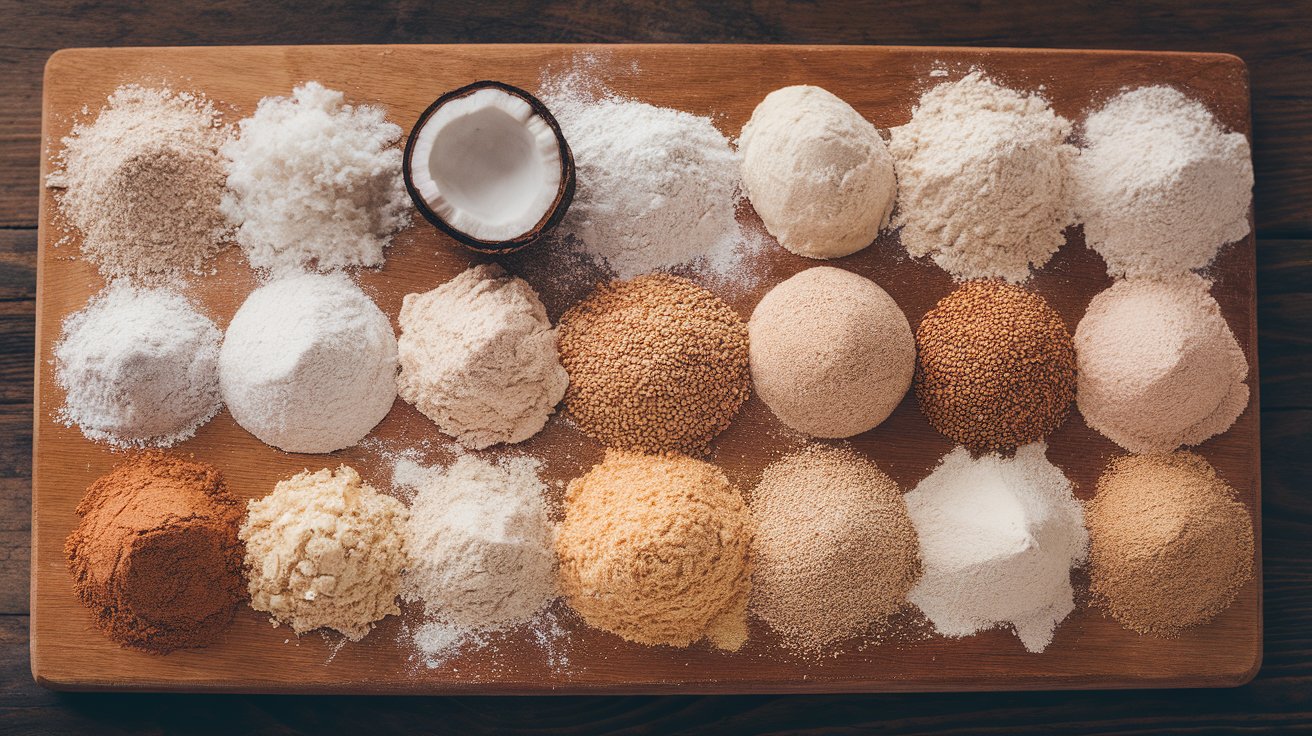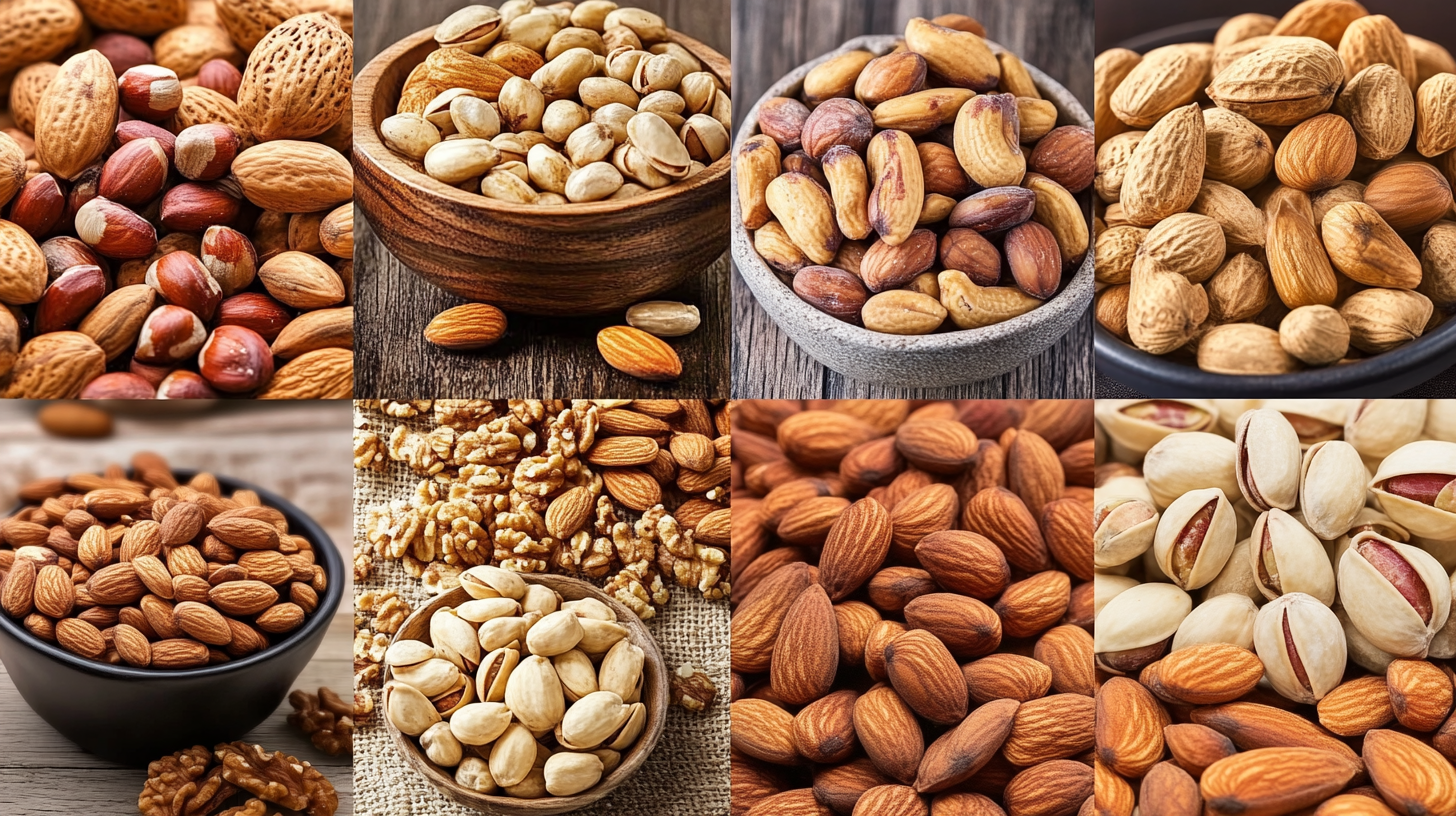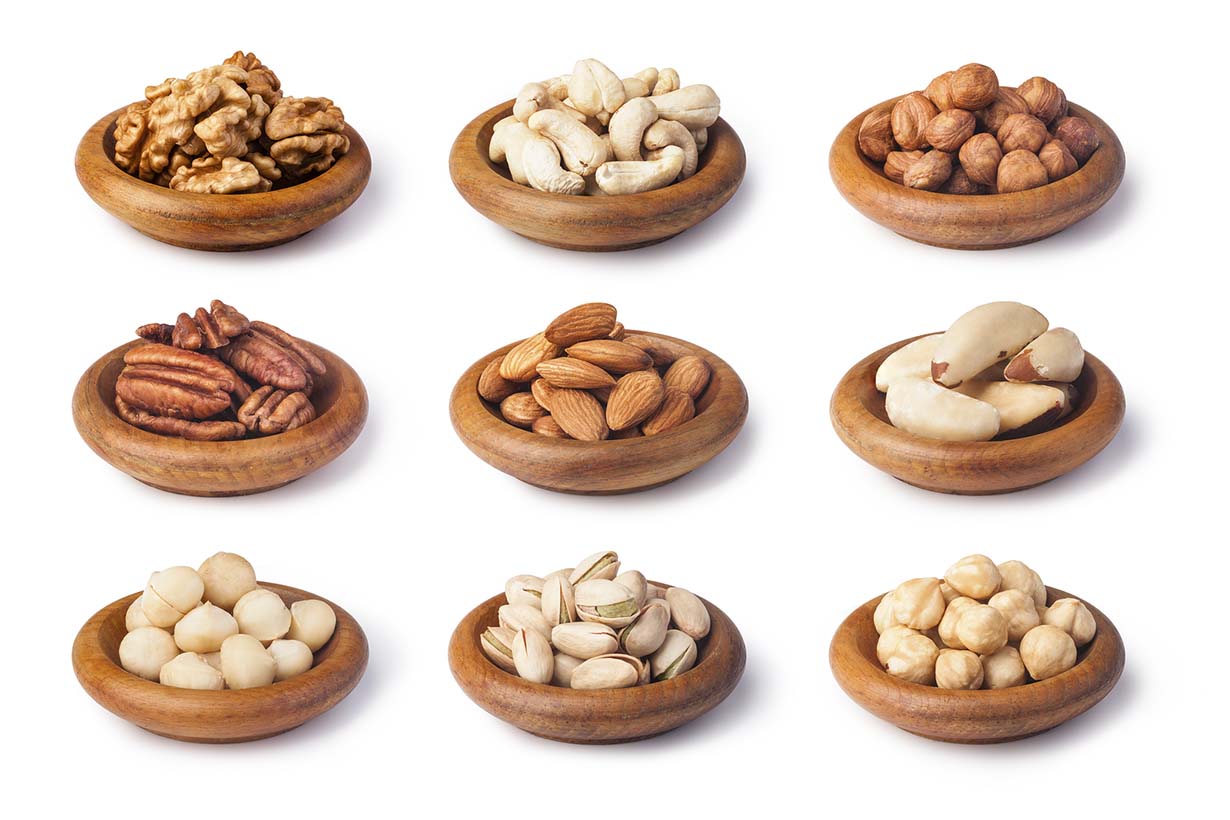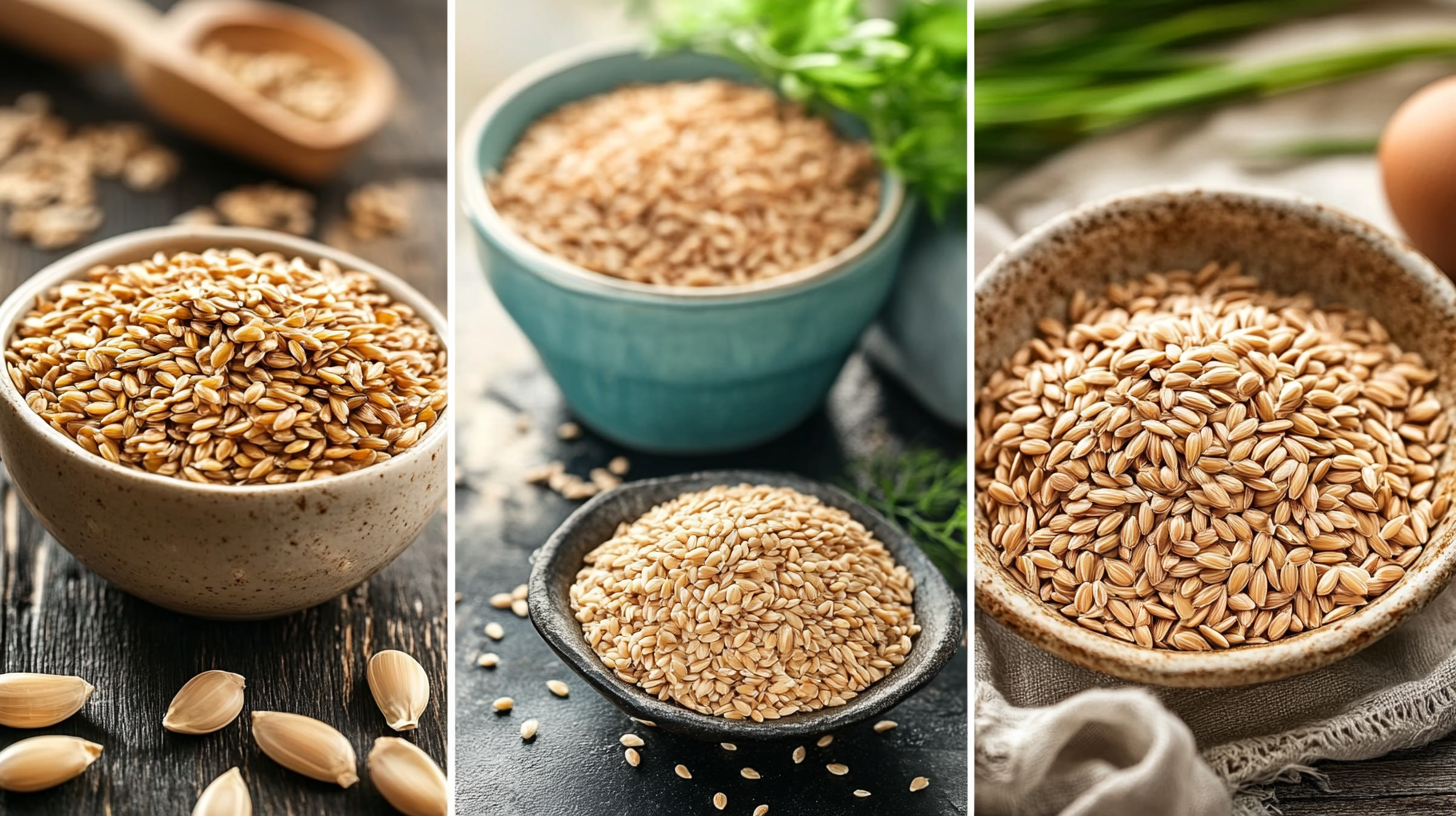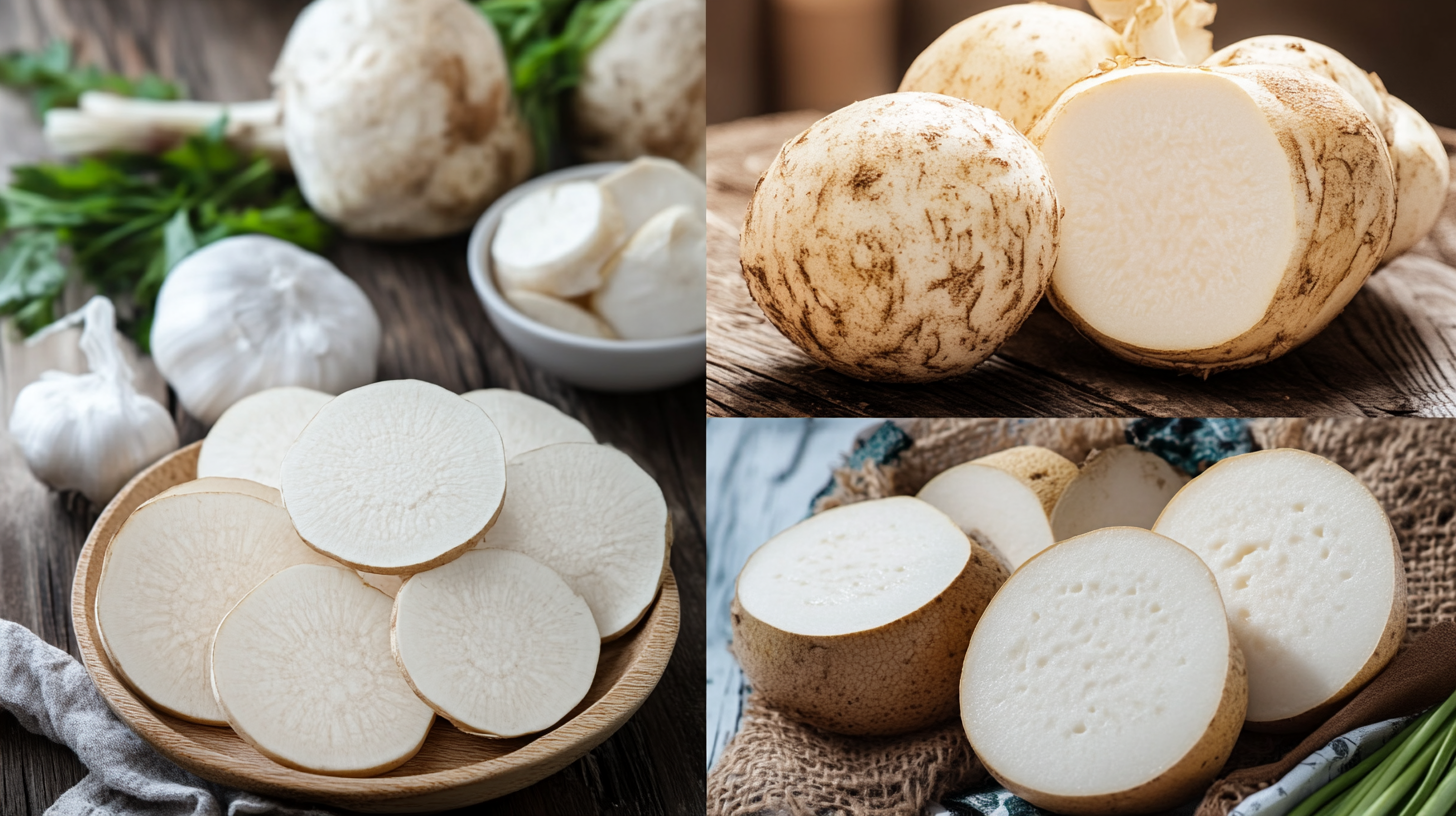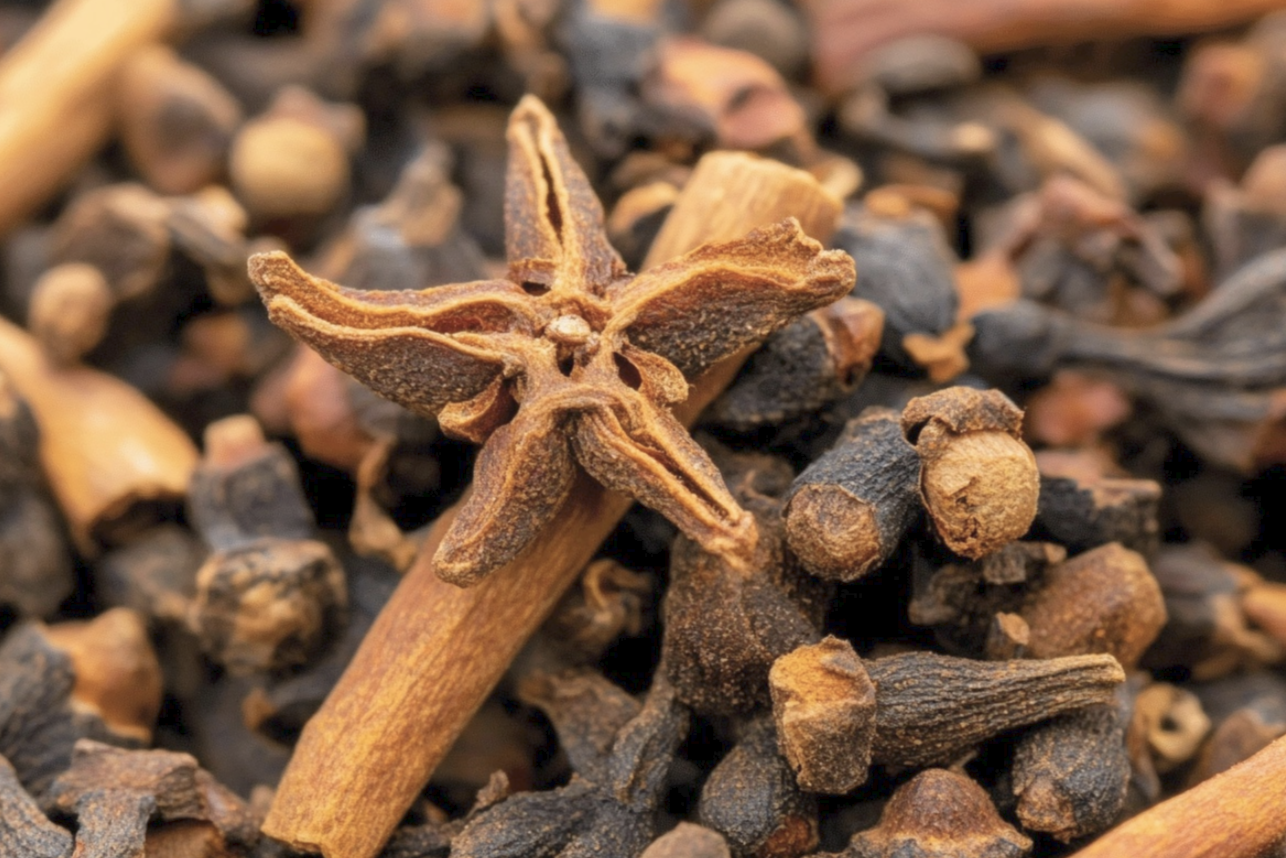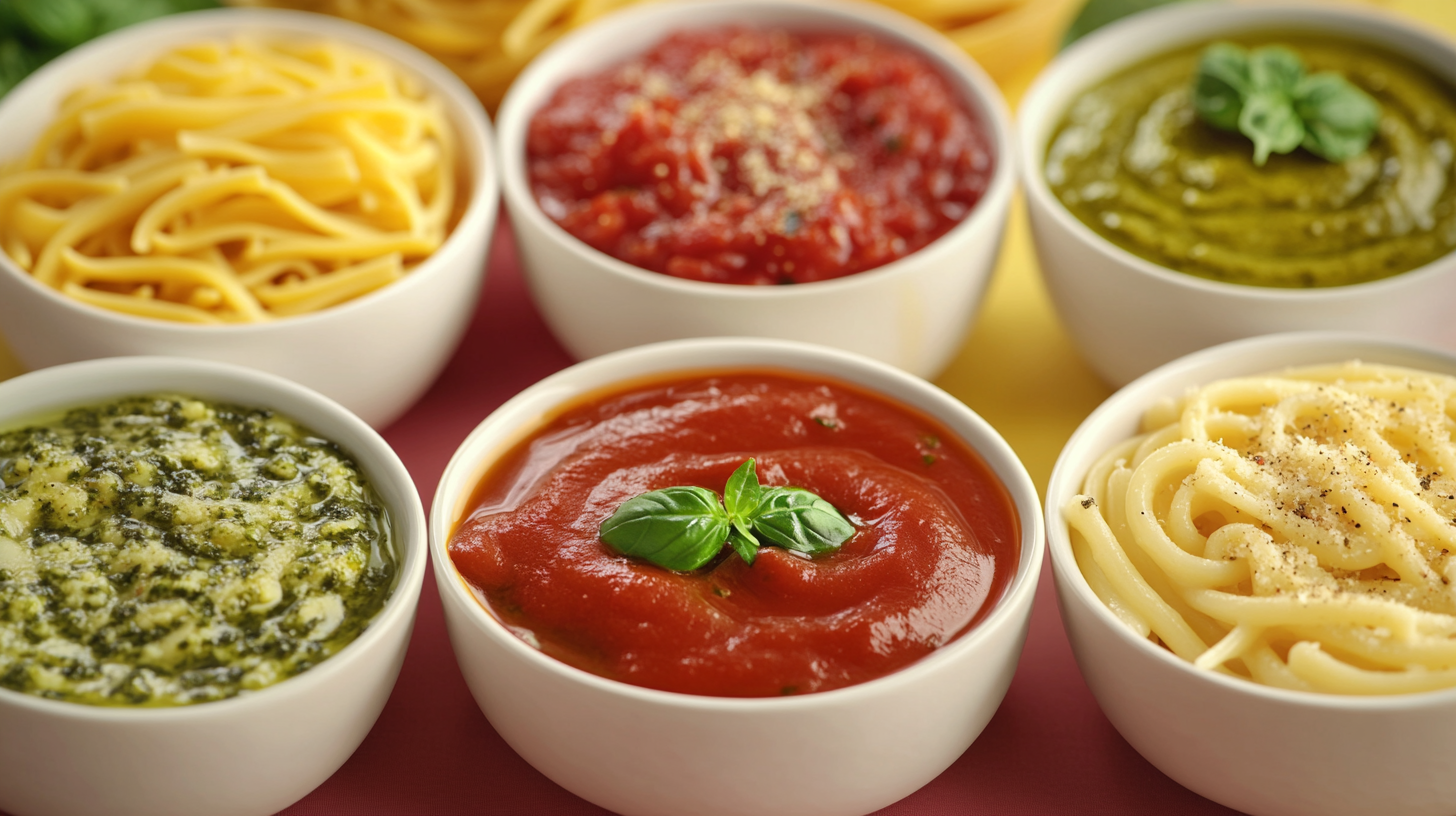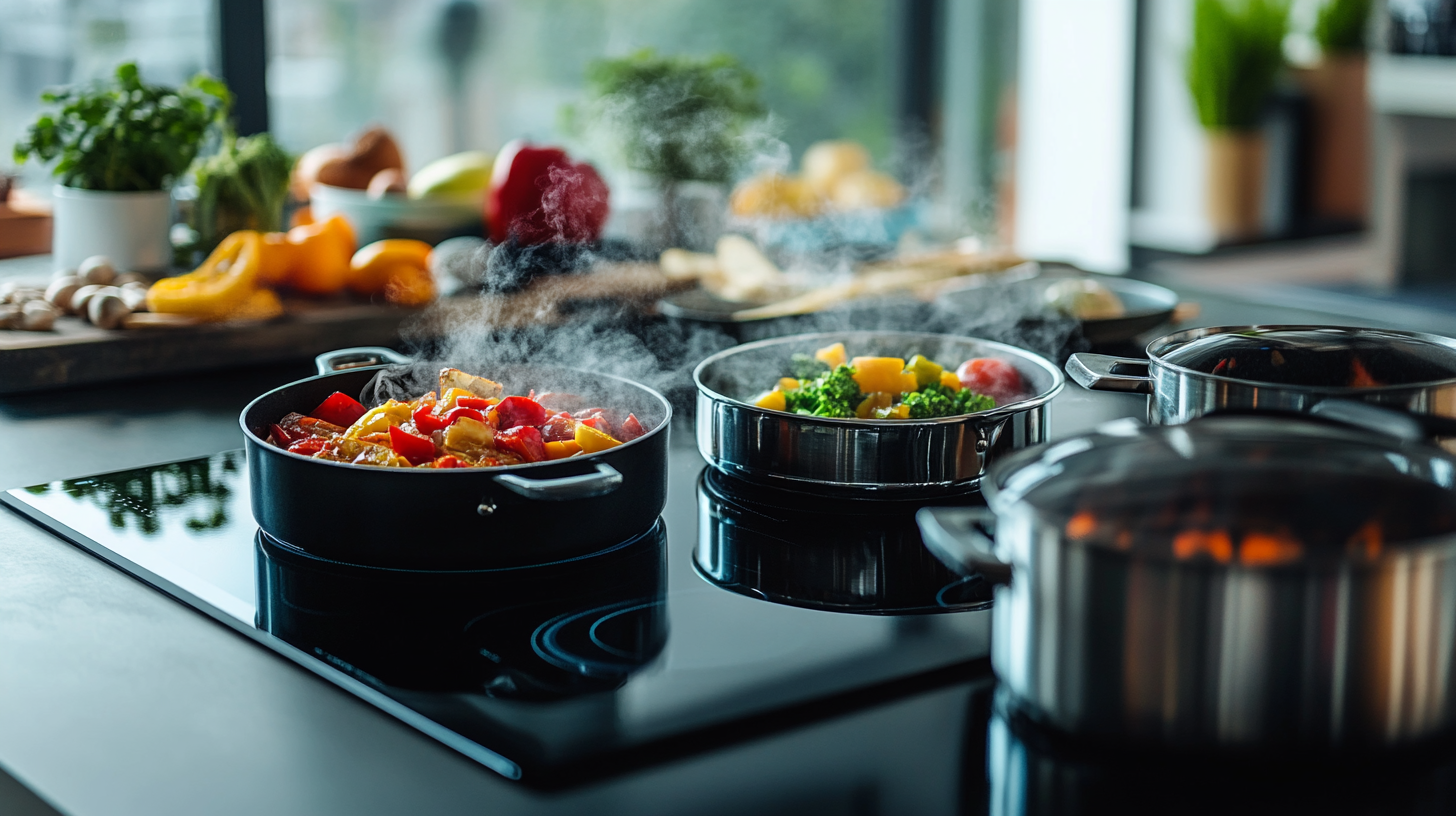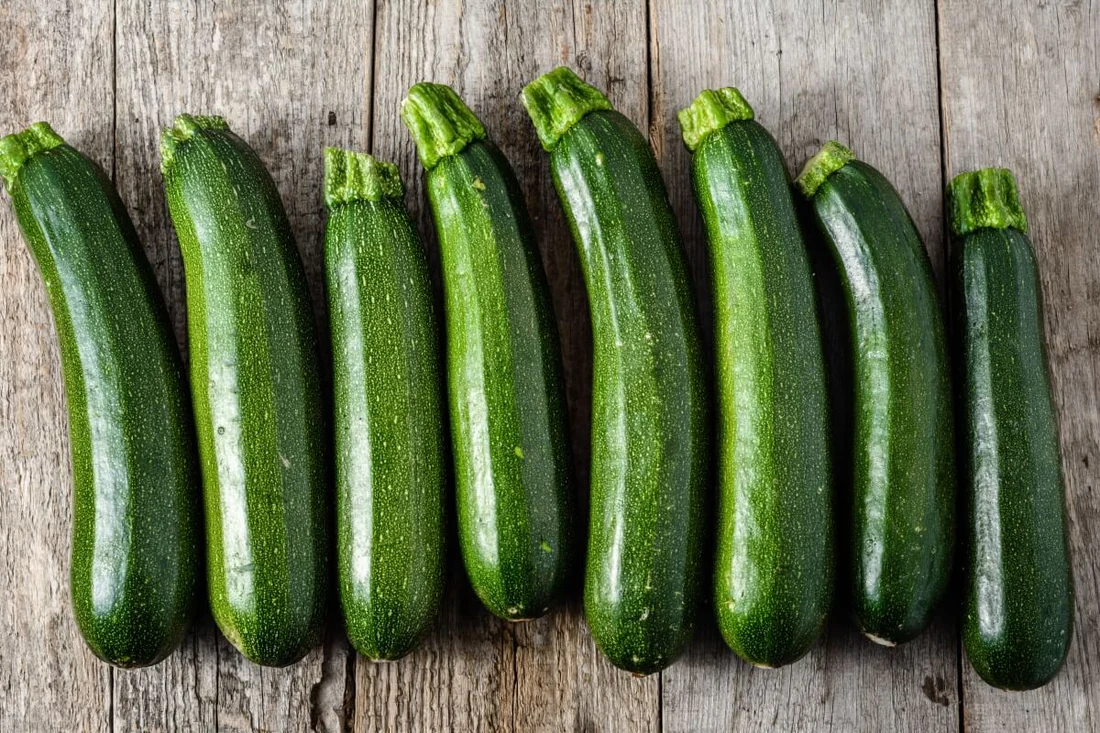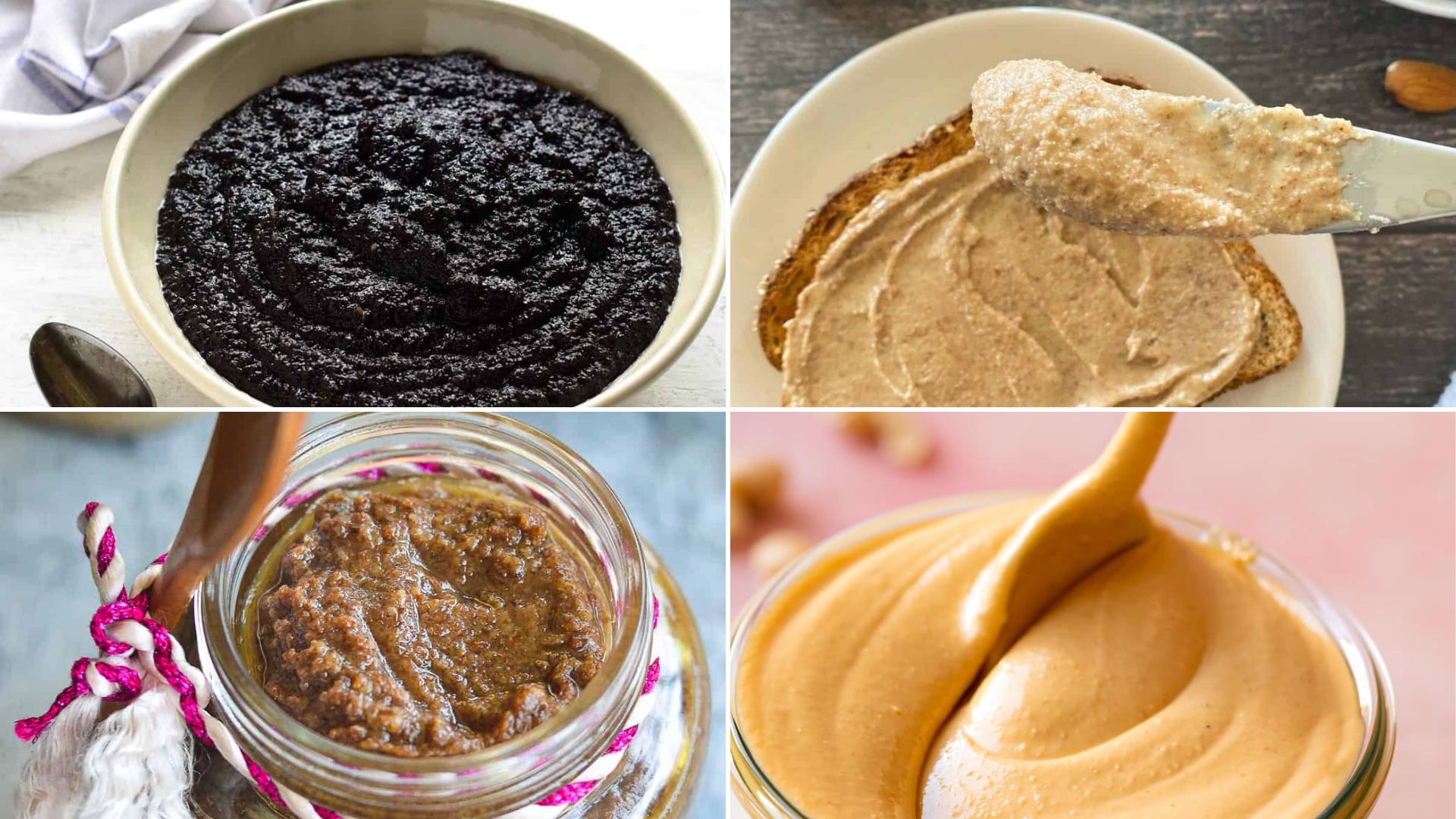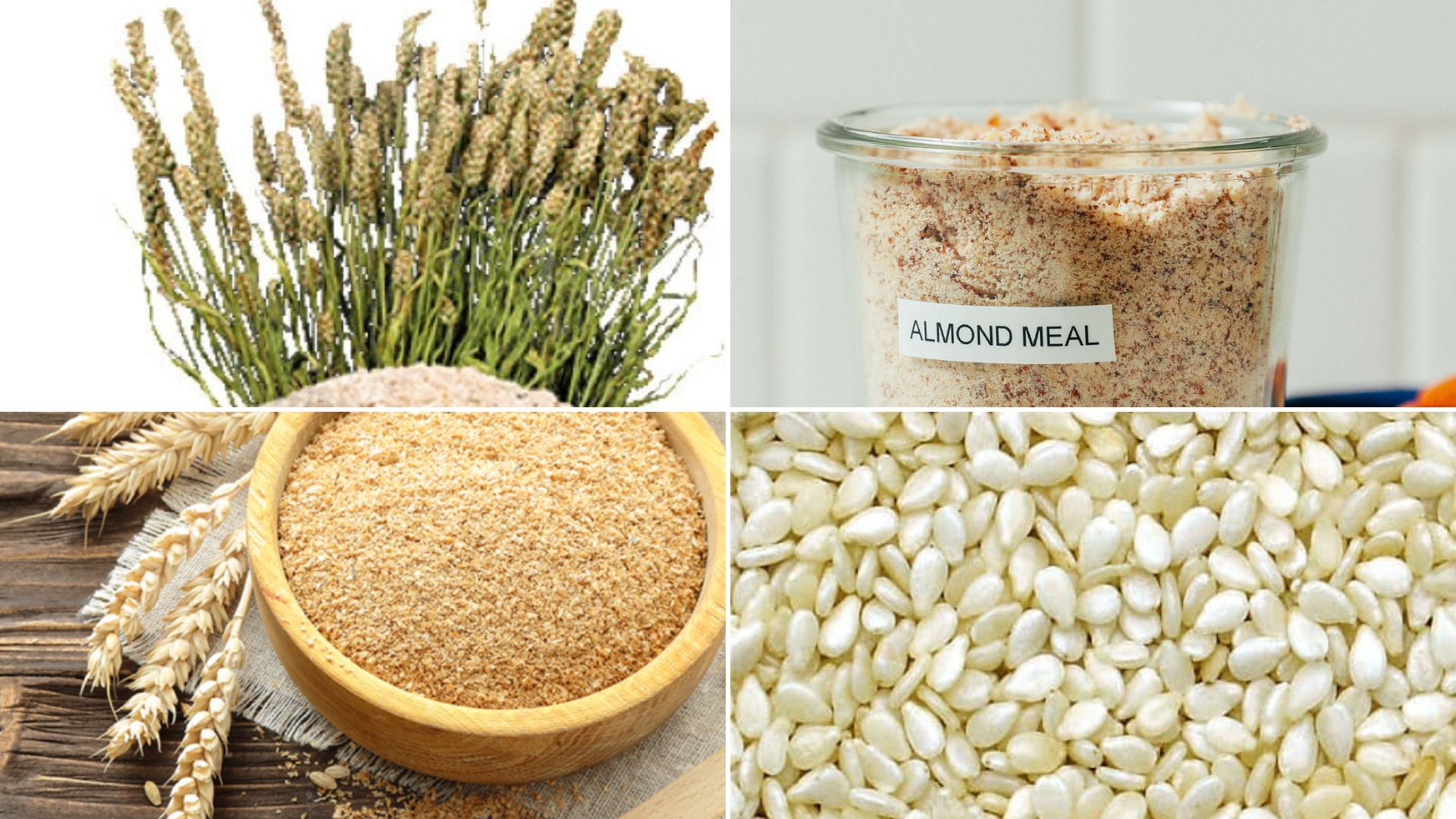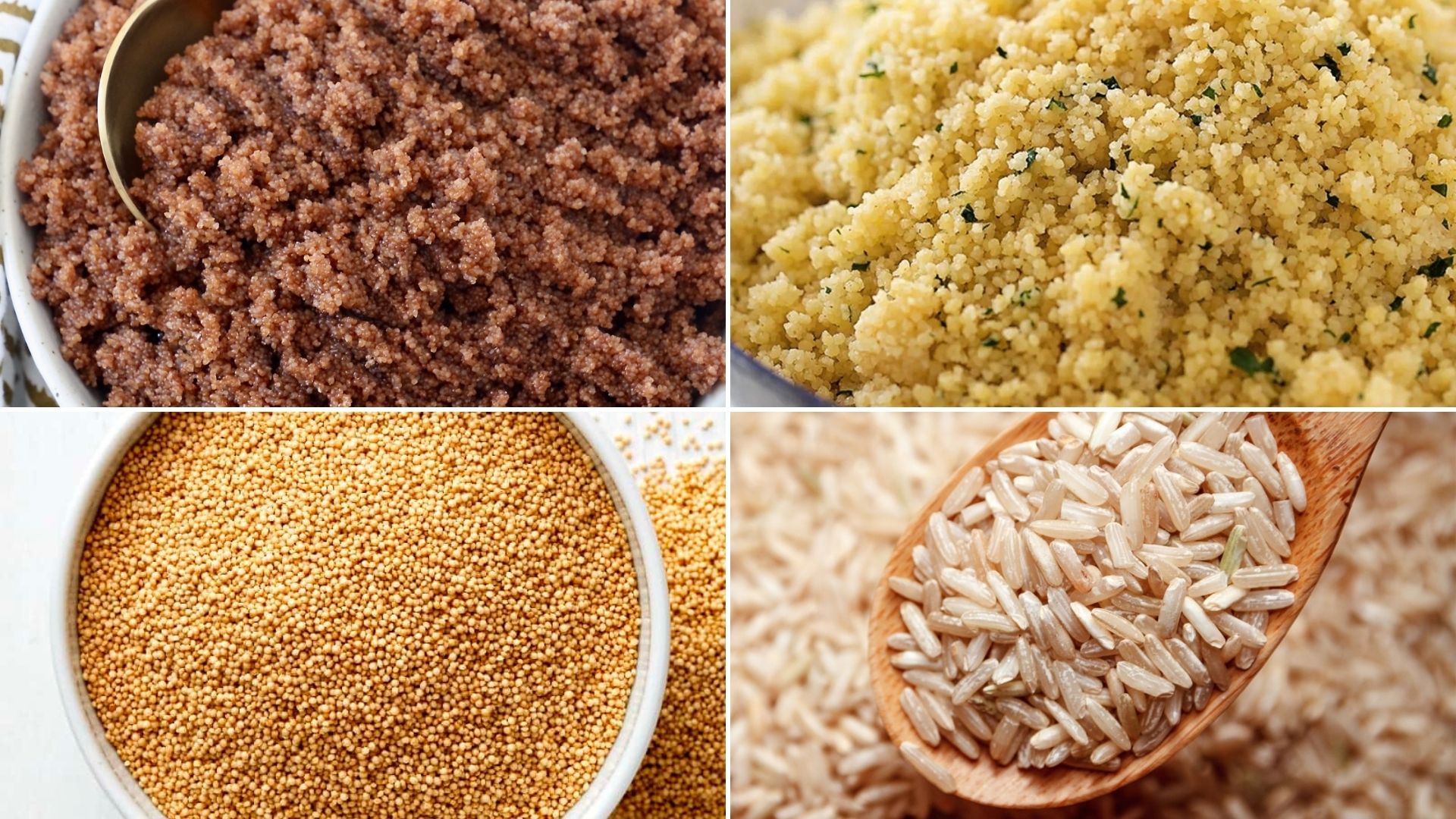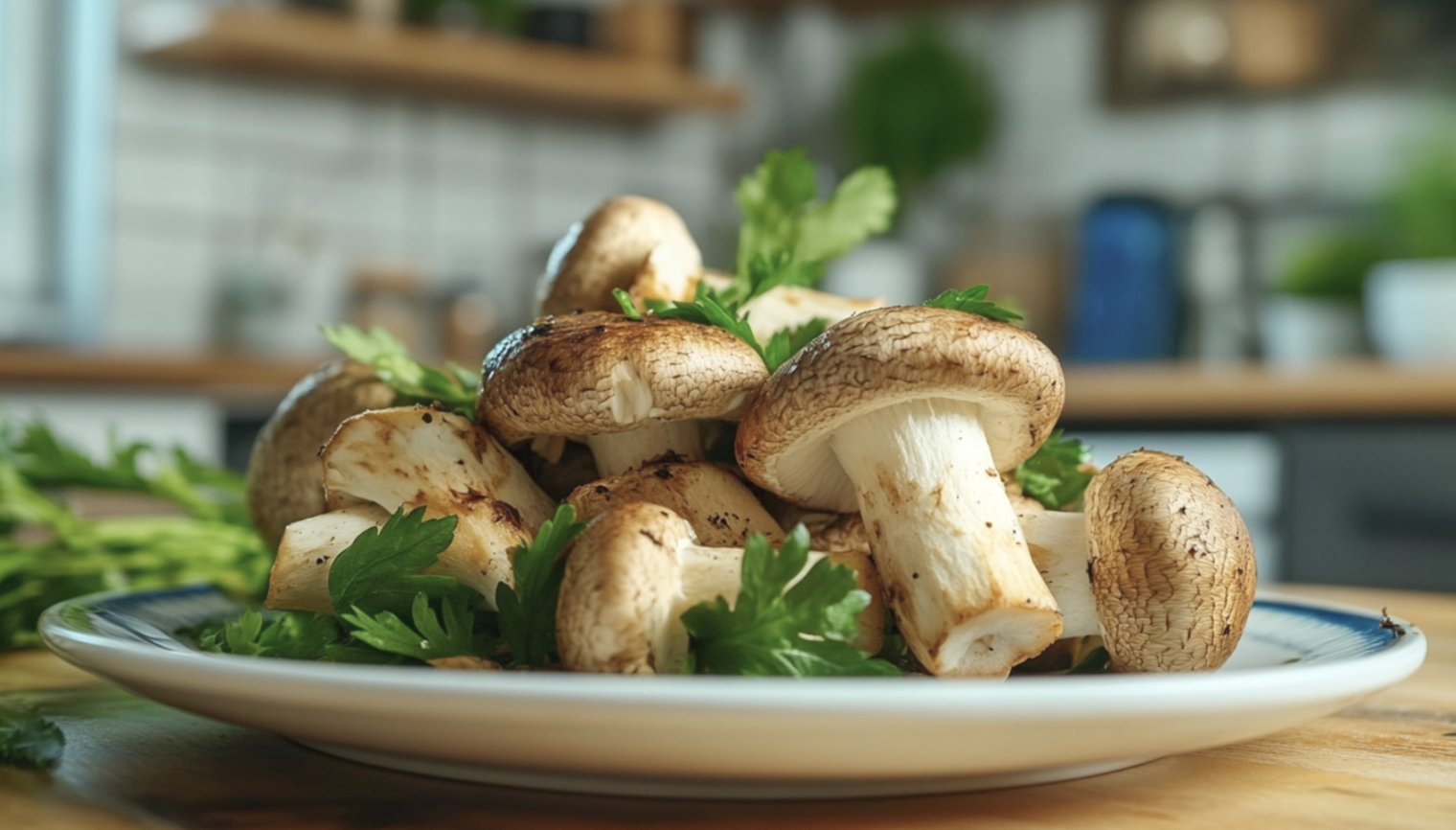
Mushrooms are a delightful addition to many dishes but can go bad quickly, like all fresh produce.
Agreeably, it can be tricky to determine when mushrooms have reached their expiration point.
Fortunately, there are clear signs that indicate when your mushrooms have spoiled.
This post will explain how to identify bad mushrooms and ensure you only use the freshest ingredients in your meals.
Knowing these signs will save you from potential foodborne illnesses and help avoid unnecessary food waste.
Please keep reading to learn how to spot the warning signs of bad mushrooms and extend their shelf life with proper storage techniques.
6 Signs of Bad Mushrooms
Recognizing bad mushrooms is important for both safety and quality in cooking. Here are some of the key signs to watch out for.
1. Slimy or Sticky Texture
Fresh mushrooms should feel dry and firm. A slimy or sticky texture indicates that the mushrooms have started to spoil.
Excess moisture, leading to bacterial growth, is often the first sign of decay. If your mushrooms feel slimy, it’s best to discard them.
2. Wrinkled or Shriveled Appearance
Mushrooms naturally contain a high water content, making them plump and smooth.
When they start to shrivel or wrinkle, it indicates that they are losing moisture and are close to going bad.
While slightly wrinkled mushrooms may still be usable, if they appear significantly shriveled, they should be discarded.
3. Dark Spots or Discoloration
As mushrooms age, they may develop dark spots or change color. Watch for changes in color, as this can be an early warning.
Oxidation causes these dark spots, and though small spots may not render the mushrooms inedible, larger dark patches are a sign that they are past their prime.
4. Soft and Spongy Feel
A fresh mushroom should feel firm and slightly springy to the touch.
If your mushrooms feel soft, spongy, or floppy, they have likely begun decomposing. This is a sign that they are no longer safe to eat.
5. Unpleasant Odor
Fresh mushrooms have a mild, earthy scent. If your mushrooms smell sour, fishy or have a strong, foul odor, it’s a definite sign they have gone bad.
The change in smell occurs due to bacterial activity and fermentation, which makes them unsafe to consume.
6. Mold Growth
Mold on mushrooms is a clear indication that they should not be eaten. If you notice fuzzy or powdery mold on the surface, it’s best to discard the entire batch, as mold can spread even if it’s not visible on all mushrooms.
Causes of Mushroom Spoilage

Understanding what causes mushrooms to spoil can help you extend their freshness and avoid food waste. Here are the common factors that contribute to mushroom spoilage.
Improper Storage
Mushrooms are highly sensitive to moisture. Storing them in plastic containers or sealed plastic bags can trap moisture, leading to the growth of bacteria and mold.
This trapped moisture causes mushrooms to become slimy and start decomposing faster.
The best way to store mushrooms is in a paper bag lined with a paper towel, which absorbs excess moisture and allows for proper airflow.
Exposure to Air and Light
Like many fresh foods, mushrooms are prone to oxidation when exposed to air. This process causes discoloration, dark spots, and texture changes.
Prolonged exposure to light also speeds up the breakdown of their delicate structure, making them spoil more quickly.
Temperature Fluctuations
Consistent refrigeration is key to keeping mushrooms fresh for as long as possible. Storing mushrooms at room temperature can drastically shorten their shelf life.
Mushrooms stored outside the refrigerator can go bad within 24 hours, especially in warm or humid conditions.
High Humidity
Mushrooms naturally contain a lot of water, and high humidity can accelerate their spoilage. The excess moisture creates the perfect environment for mold and bacteria to thrive.
Storing mushrooms in a low-humidity environment, like a crisper drawer with vents open, helps maintain their texture and flavor.
How to Properly Store Mushrooms
Storing mushrooms correctly can significantly extend their shelf life and preserve their texture and flavor. Here are the best practices for proper mushroom storage.
1. Use a Paper Bag
The best way to store mushrooms is to transfer them from their original packaging into a paper bag.
A paper bag allows for airflow, preventing moisture buildup that leads to sliminess.
Lining the bag with a paper towel will help absorb excess moisture, keeping the mushrooms dry and fresh. This method can extend their freshness by up to 10 days.
2. Avoid Sealed Plastic Containers
While mushrooms are often sold in plastic containers, it’s important to avoid storing them in sealed plastic.
Plastic traps moisture and limits airflow, accelerating the spoiling process.
As mushrooms are mostly made up of water, they need space to breathe, which sealed plastic containers don’t provide.
3. Store in the Refrigerator
Mushrooms should always be stored in the refrigerator, ideally in the crisper drawer with vents open to lower humidity.
The cool temperature helps slow down bacterial growth, allowing mushrooms to stay fresh for longer.
4. Don’t Wash Before Storing
It’s important not to rinse or wash mushrooms before storing them. Washing them adds moisture, which can speed up spoilage.
Instead, please wait until you are ready to cook them, then give them a quick rinse and dry them thoroughly before use.
Freezing and Drying Options to Preserve Mushrooms
If you want to preserve mushrooms for an extended period, freezing or drying them are effective.
Each option has pros and cons, but both can help keep your mushrooms usable for months.
Freezing Mushrooms
While mushrooms can be frozen, it’s important to note that freezing them raw can affect their texture.
Mushrooms have a high water content, so freezing raw mushrooms can make them mushy when thawed.
To preserve their texture, it’s best to cook mushrooms before freezing them.
Sauté them lightly in oil or butter, allow them to cool, and then freeze them in an airtight container. Frozen cooked mushrooms can last for up to 12 months.
Drying Mushrooms
Drying mushrooms is another way to extend their shelf life. Dried mushrooms pack an intense, savory flavor and can be stored for months without refrigeration.
To dry mushrooms, simply slice them thinly and place them in a dehydrator or oven on a low setting until they are completely dry.
Once dried, store them in an airtight container. Dried mushrooms can be rehydrated in water before use, making them a versatile pantry staple.
Conclusion
In summary, mushrooms can be a fantastic addition to many meals, but knowing when they have gone bad is essential to avoid foodborne illness and waste.
You can ensure you’re using only fresh mushrooms by recognizing key signs of spoilage—such as sliminess, dark spots, and unpleasant odors.
Proper storage methods, like using a paper bag and avoiding moisture, can extend their shelf life, while freezing or drying provides long-term preservation options.
Following the tips in this guide, you can keep your mushrooms fresh, flavorful, and ready for your next culinary adventure.



